The Top Albums of 2018 (So Far)
With 2018 a little more than half over, a check-in on the year's best long-player recordings.

Summertime. Lounging at backyard parties. Playing in the hydrant. Finding a dead body with your friends in the woods. It all goes better with music.
Not just any music, but the music of the moment. What we’re listening to right now. Albums that have been out since the beginning of the year, and that have quickly become well-worn favorites. New releases that have been dominating the past week or two of our listening habits. And of course, a few—somewhat danceable, depending on how you dance—summer jams.
Most Decembers, I publish a list of my favorite albums of the year. But this year, instead of taking a look back at the year behind us, I wanted to have a look around: at the music I’m enjoying the most, right now.
Note: Even at 62 albums, this list is by no means complete. Not only in terms of the year overall—there’s still a lot of music yet to come out—but also as far as albums that have already been released. In December I’ll have a full list of everything I liked from the year, including these mid-year selections.
Here’s a Spotify playlist of all my favorite albums from 2018 (so far), and here’s a sampler of some of my favorite songs of the year, one from each album:
Actress and the London Contemporary Orchestra, LAGEOS

A strange cyborg of an album, part-electronic (Actress), part-organic (London Contemporary Orchestra) and part-garage sale (bowls, plastic bags), riveted together into a whole irreducible to its parts. Which sounds were made by whom (or what) is often impossible to determine, which is precisely as it ought to be. (It Djents)
Against All Logic, 2012 - 2017
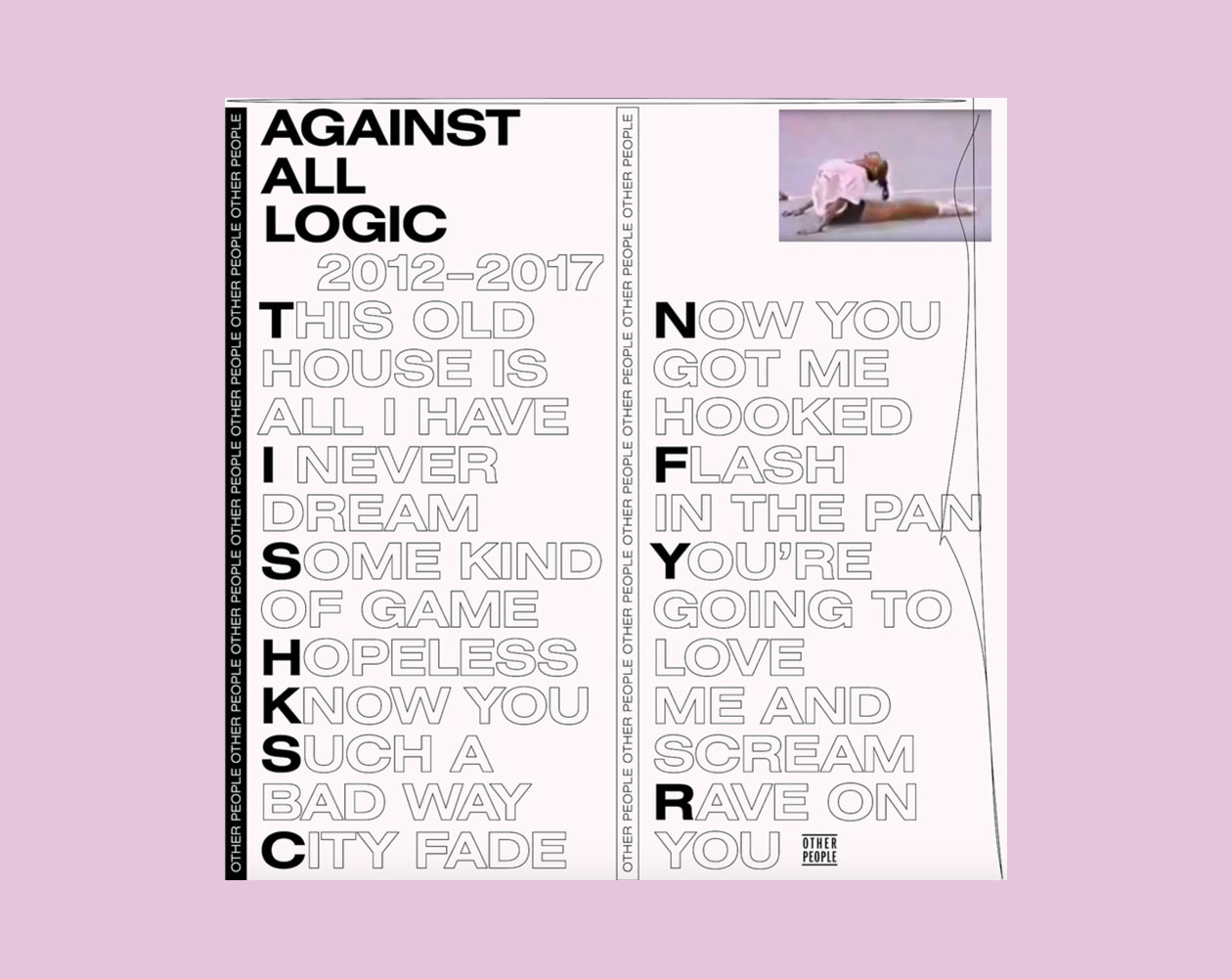
Jaar substitutes avant-garde dystopian techno with the most off kilter time signatures for something much more predictable. Or more specifically, as predictable as Nicolas Jaar could ever be. Drums kick in places where they sound like they belong and snares snap where you’d expect them to. It’s still done with Jaar’s machinelike precision it’s just this time it’s possible to dance to, and that’s great. (Clash Music)
Aisha Devi, DNA Feelings

Mystical, mostly beatless, and driven by her unearthly vocals, it’s electronic, but unmoored to genre. Like futurists Arca or Abyss X, Devi operates in a zone where sound design is paramount, and occult, haunting atmospheres, rather than songs, are the end goal. (XLR8R)
Amen Dunes, Freedom

“This is your time—their time is done,” a child’s voice instructs him. Freedom revolves around that mantra, a tribute to how such certainty dissipates over time. The widened scope of the music is matched by an increased vulnerability in McMahon’s voice, a tenderness that can imbue even his vaguest incantations with a cosmic tenderness. (Pitchfork)
Anenon, Tongue

It illustrates how electronic music can be warm, natural, or even organic; it shows us that jazz can be combined with sub bass to create something immensely powerful; it portrays how the avant-garde can greet elements of traditional melody with open arms; and, perhaps most importantly, it exhibits the power of a producer who sees and hears no boundaries. (The 405)
Astrid Sonne, Human Lines
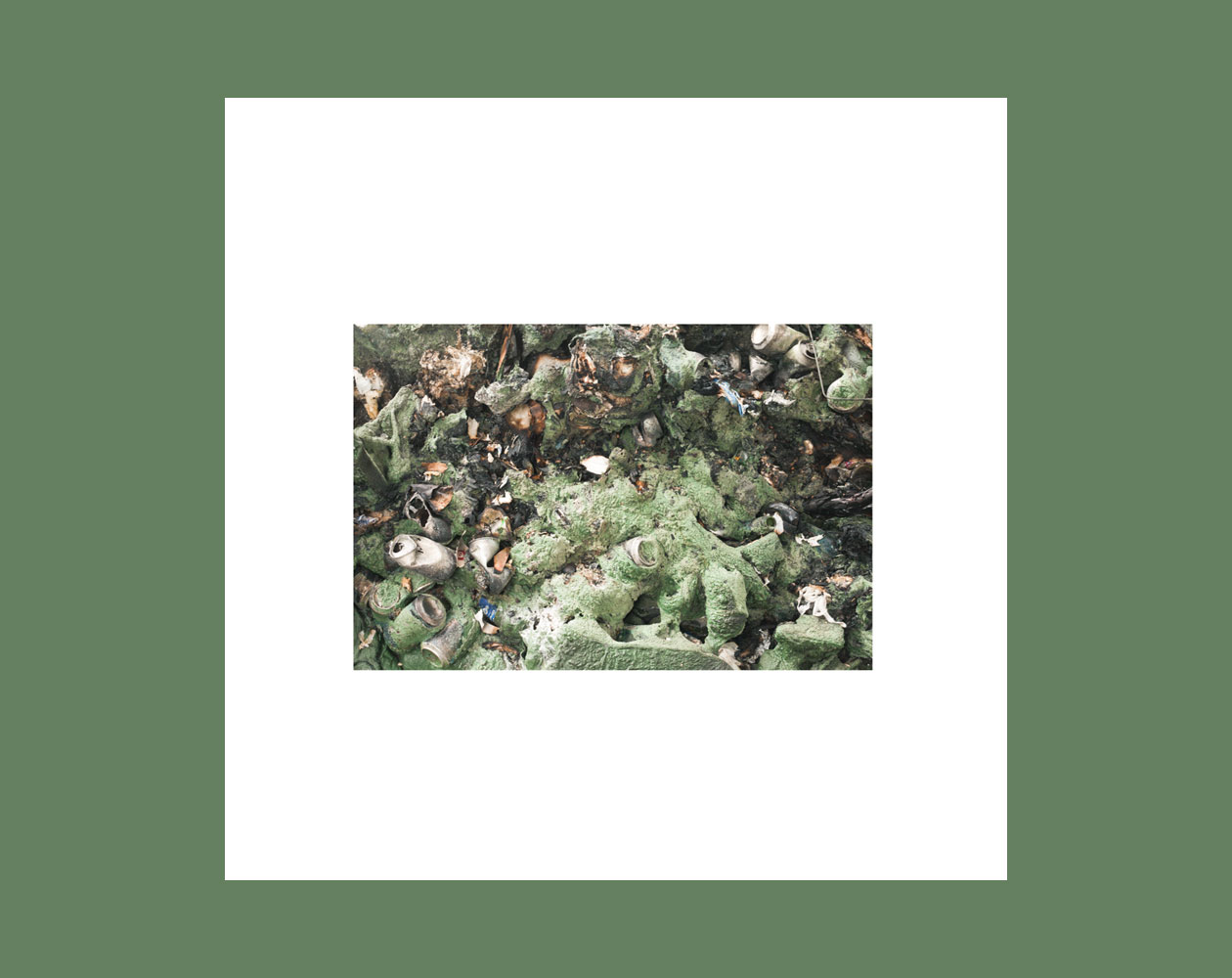
For someone who taught herself how to use Ableton with little external guidance, she’s just created one of the most exquisite computer music albums you’ll hear this year. On Human Lines, Sonne navigates an analog-meets-digital world with an experimental mindset that aligns her with contemporaries like Swedish composer Ellen Arkbo or Laurel Halo, whom she describes a “big hero.” There are elements of Steve Reich and Kara Lis-Coverdale too. (FACT)
Beach House, 7
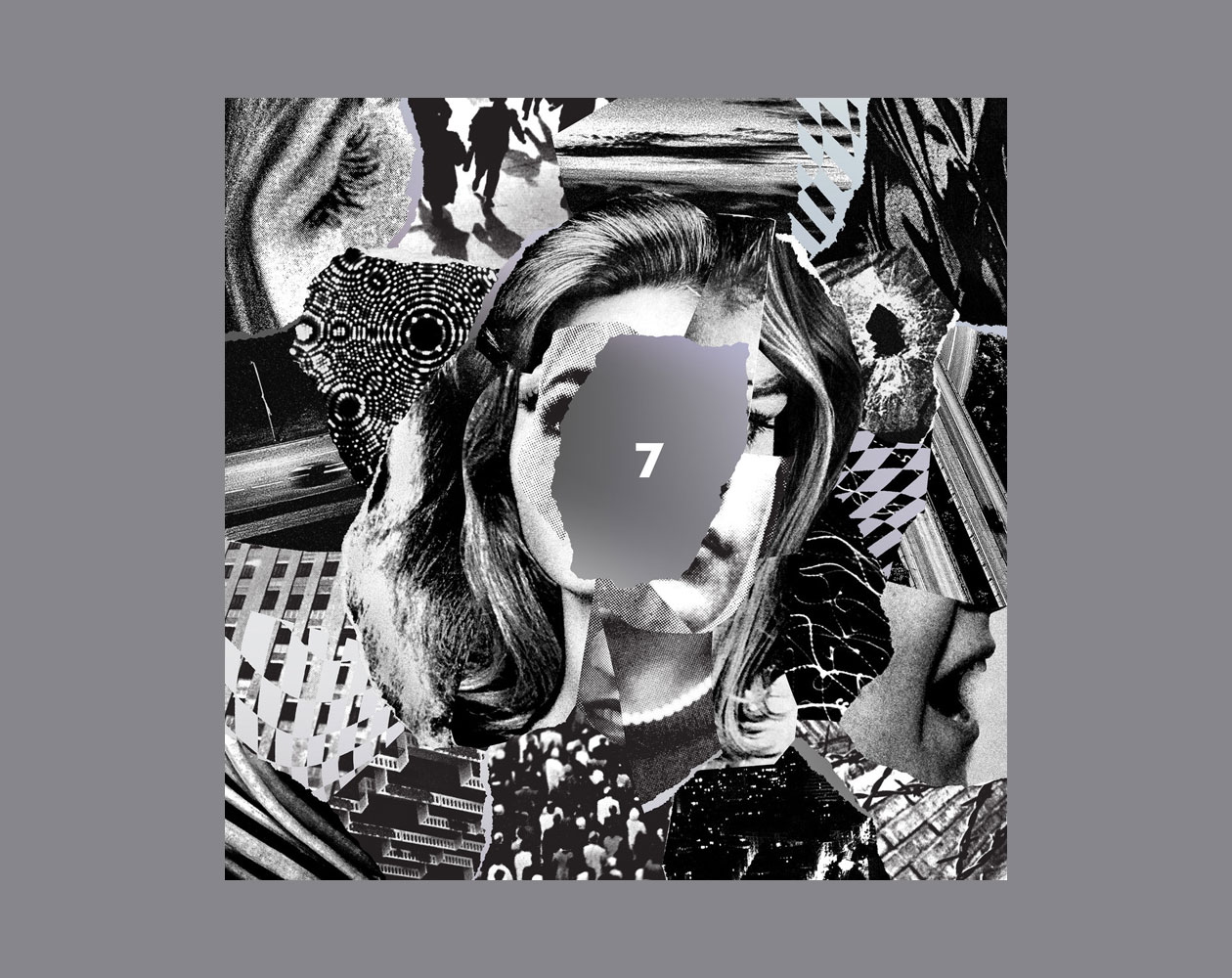
With 7, Legrand and Scally have gotten freer themselves. This is the sound of a band that knows itself extremely well and yet, in seeking outside perspectives and embracing imperfection, has discovered a whole new level to explore. If this album feels like an alternate-reality Beach House, it’s because Legrand and Scally have altered their reality. (The A.V. Club)
Beach Slang, Everything Matters but No One Is Listening (Quiet Slang)
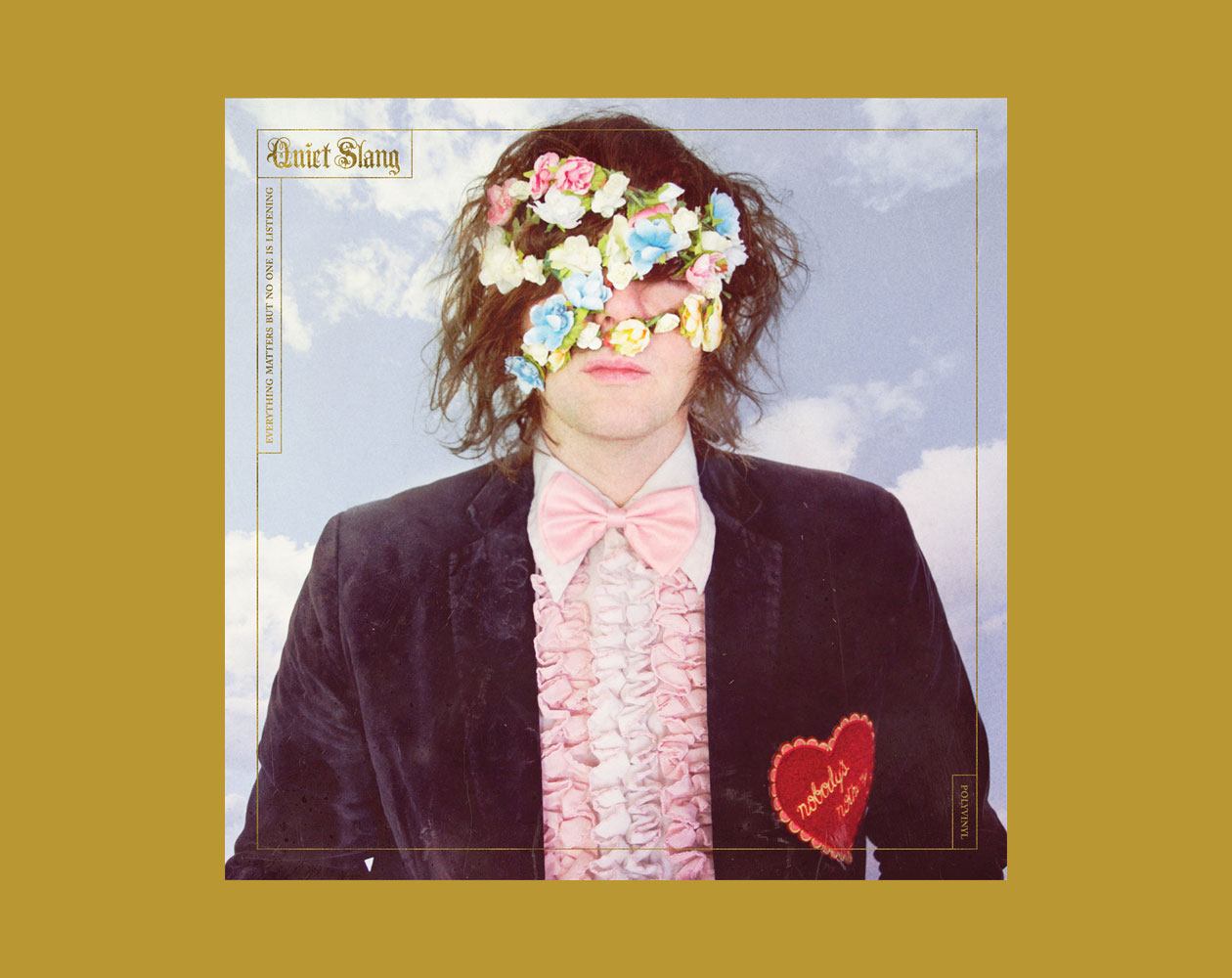
This is an utterly gorgeous record that moves, inspires, and invites mixtape inclusion at every turn, Alex’s punk rock transformed into ethereal hymns to love and comradeship. A true delight. (Under the Radar)
Belle and Sebastian, How to Solve Our Human Problems (Parts 1-3)
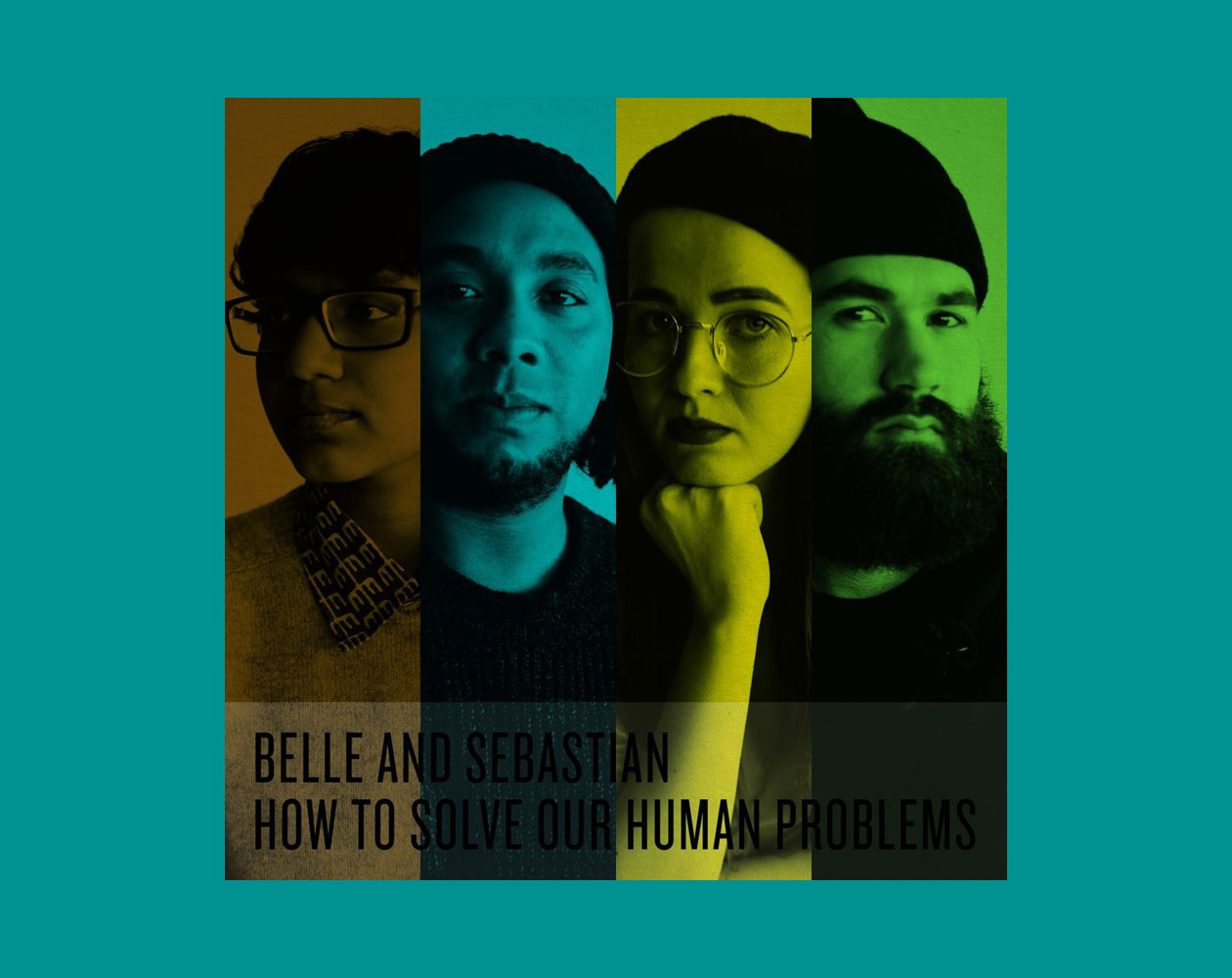
If Belle and Sebastian’s early bedroom sound eventually found a place on the dance floor, cemented by their last album Girls in Peacetime Want to Dance, then How to Solve Our Human Problems belongs in the yoga studio, or the wide-open wilderness. It’s a perfect soundtrack, especially the songs “We Were Beautiful,” and “Everything Is Now,” the latter of which comes in two parts, for a meditative stroll. (Vogue)
Birds of Passage, The Death of Our Invention
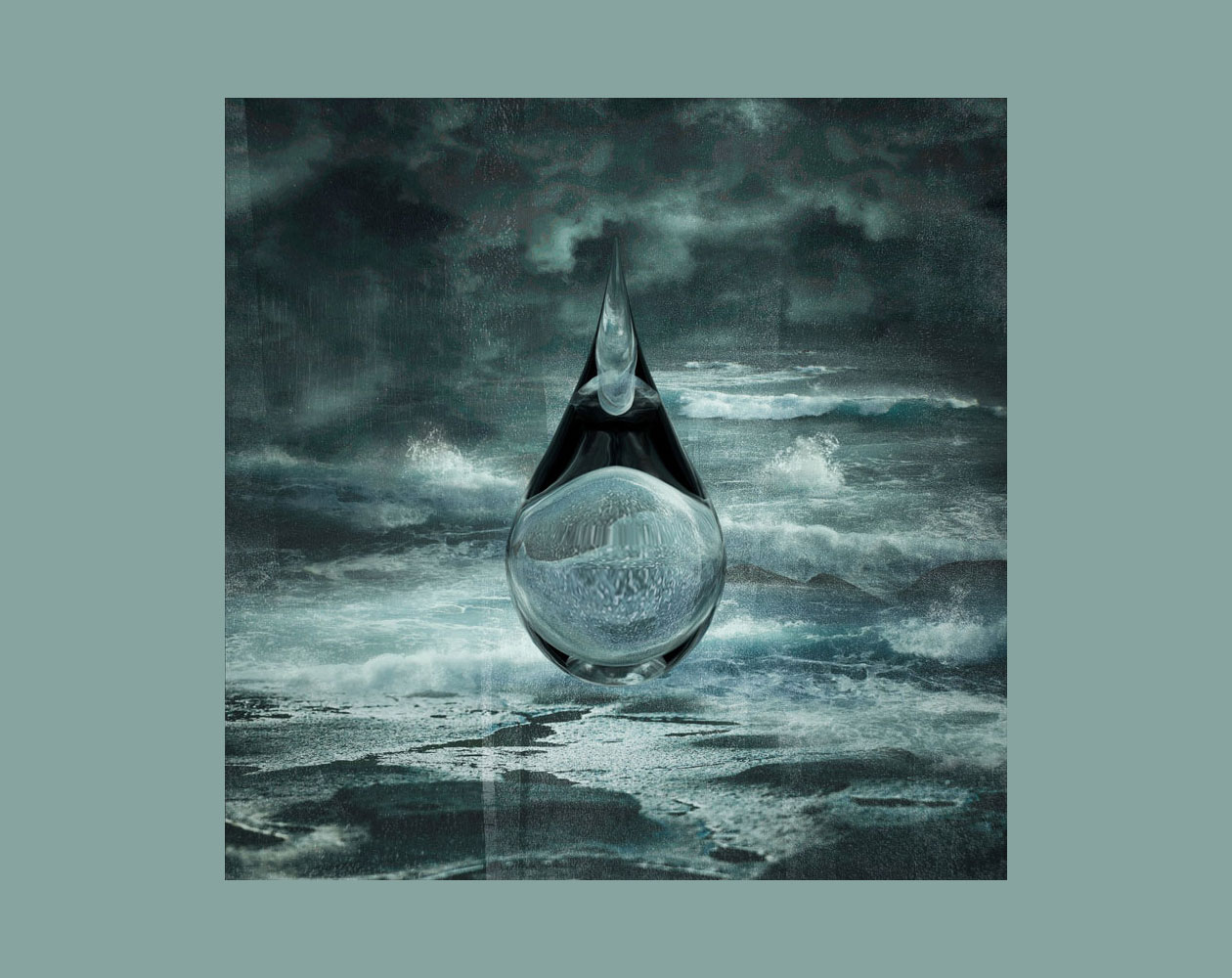
The Death of Our Invention is an exquisite album, once that’s both poised, ephemeral and evocative. Recalling everything from, lapping waves, frost-tipped leaves and bygone seasons to introspective reflection and existential reverie, it’s a record that reveals itself more on each listen, enchanting and fascinating with its ethereal shimmer and emotional warmth. (Echoes and Dust)
Brian Eno, Music for Installations

Here we have then, the beauty of these expansive six volumes. The track choices are as at home in your ears to calm-your-nerves-on-the-tube-on-a-busy-Friday night as they would be in an Ashram. Its ambience, but for everyday life, and who better than Eno to usher you into these generative landscapes? No one better, that’s who. (Drowned in Sound)
C.A.R., PINNED
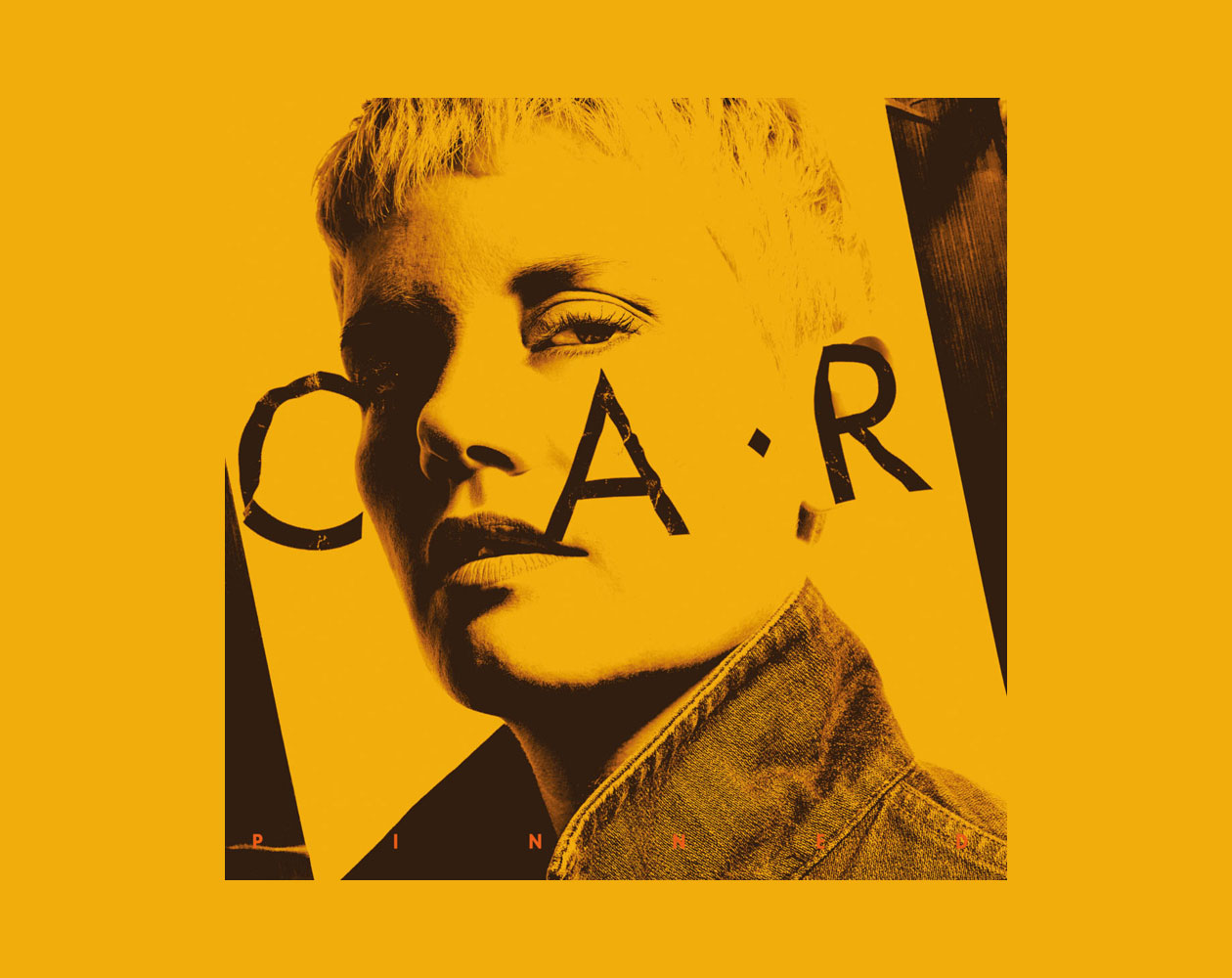
Raunet acts as producer, singer, and songwriter, refining her palette of glimmering post-punk-infused electronics with hazy, melancholic vocals and cold-wave synth lines. Across the album, Raunet presents her emotive range with tracks that flow through bittersweet joy, poignant introspection, and haunting gloom. (XLR8R)
Callie Ryan, Health

Over the course of Health’s nine songs, Ryan spins personal vignettes into life: the tactile imagery of rosewater dripping down thighs, the lucid dream of the prayers of a woman still hearing herself as a little girl, the painful adult affliction of simply missing one’s mother, the presentation of one’s guts to an outsider and the eager request for feedback. (L.A. Record)
Car Seat Headrest, Twin Fantasy
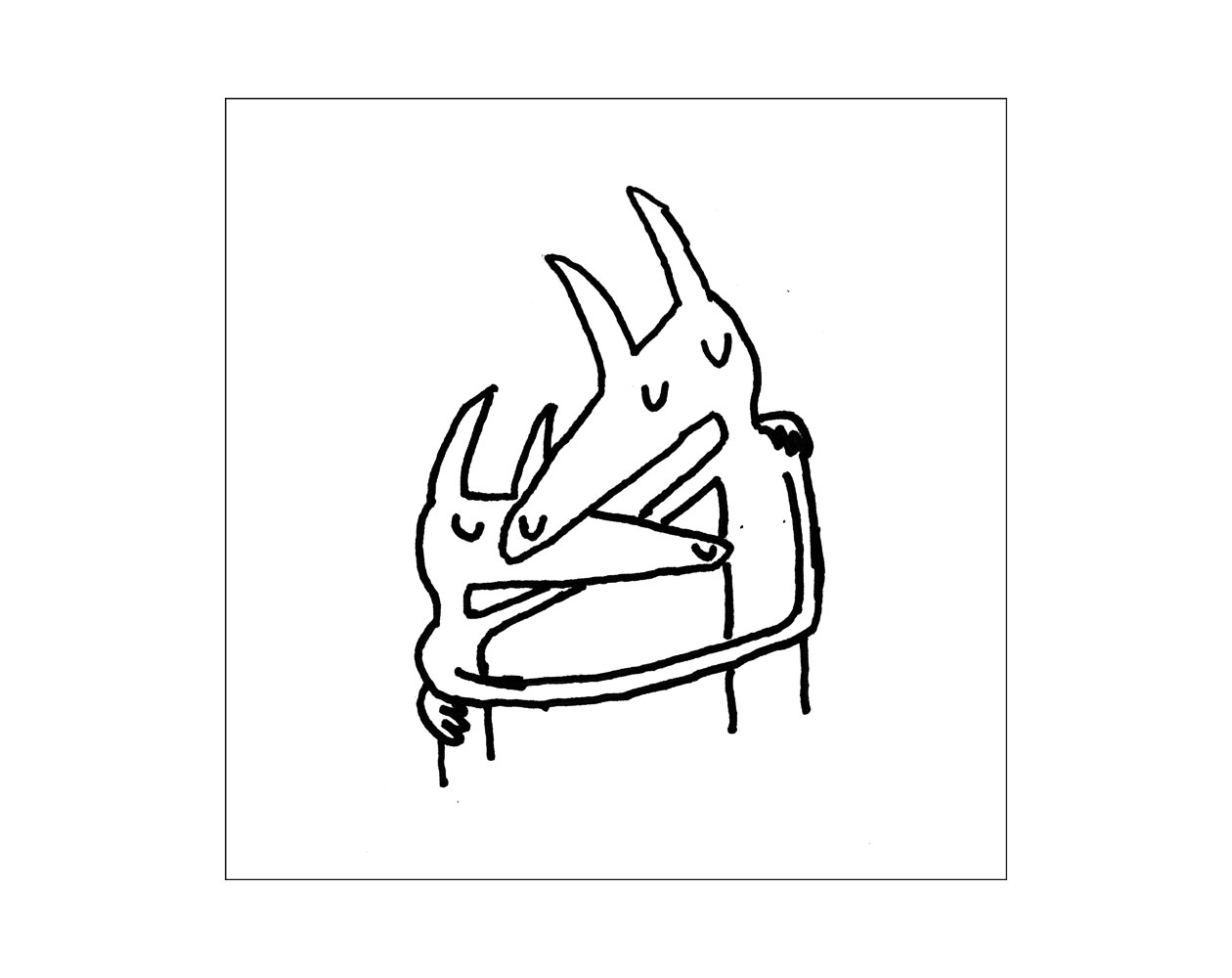
Twin Fantasy isn’t just another one of Toledo’s Bandcamp albums. It’s an ambitious song cycle that’s been held up by his small but fervent online cult as his masterpiece. The songs explore in painful detail the narrator’s infatuation with a nameless man, a relationship that Toledo has said was based in part on his own experience. It was originally written when Toledo was 19, and the album is appropriately dense with confusion and anxiety and self-doubt, though the self-laceration is characteristically cut with laughs. (Pitchfork)
Chris Carter, Chemistry Lessons Volume 1
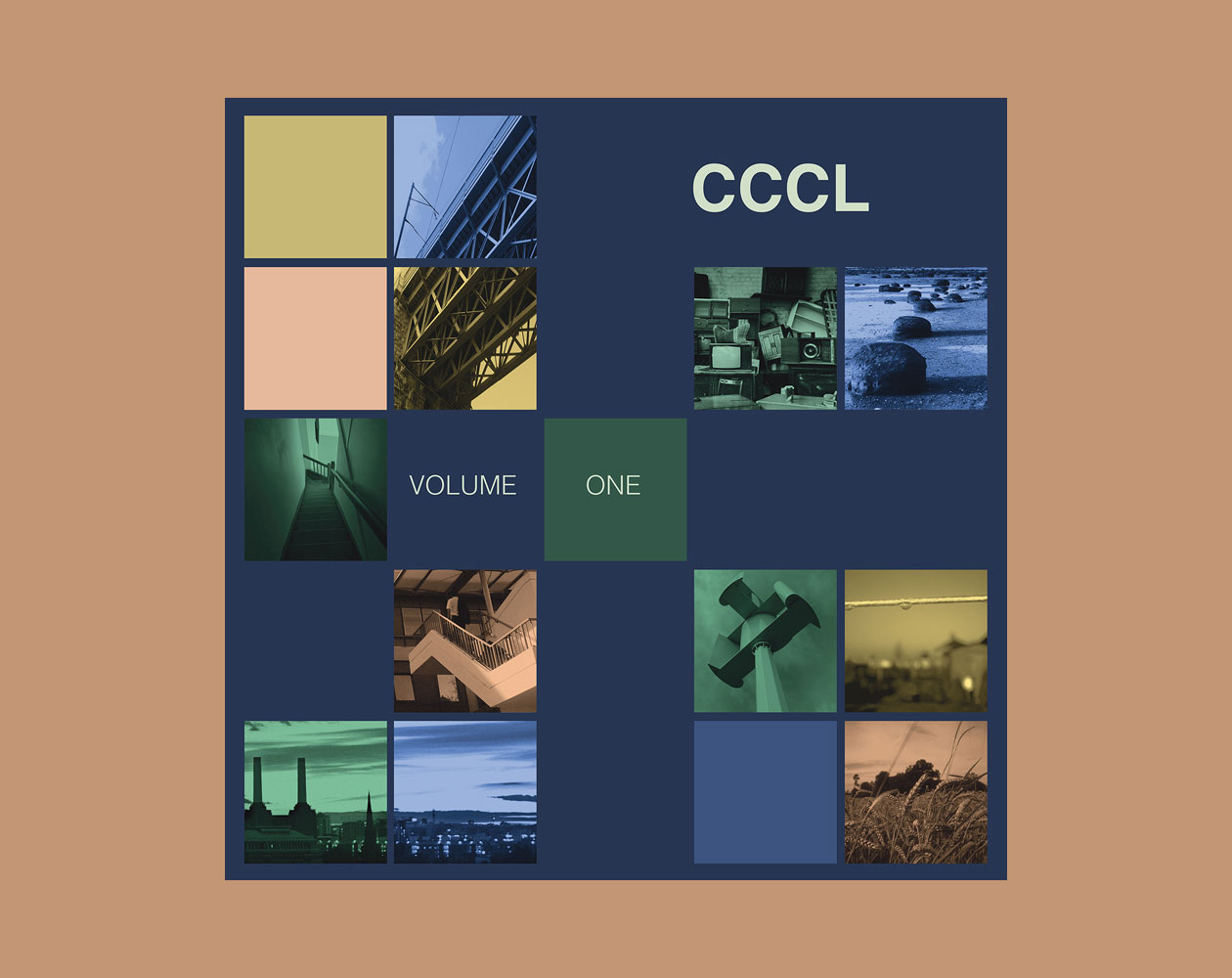
A record that offers an overture of the history of electronic music, something that Carter has helped shape. In this instance the artist explores all the different aspects of this sound, presenting an overarching work and condensing these in short forms. The process works perfectly and the movements from the dark, minimal realm of “Ars Vetus” all the way to the dance moments of the opening track, via the noir-esque labyrinth of “Modularity” and the sci-fi induced movements of “Lab Test,” does not seize to amaze. (PopMatters)
Christina Vantzou, No. 4
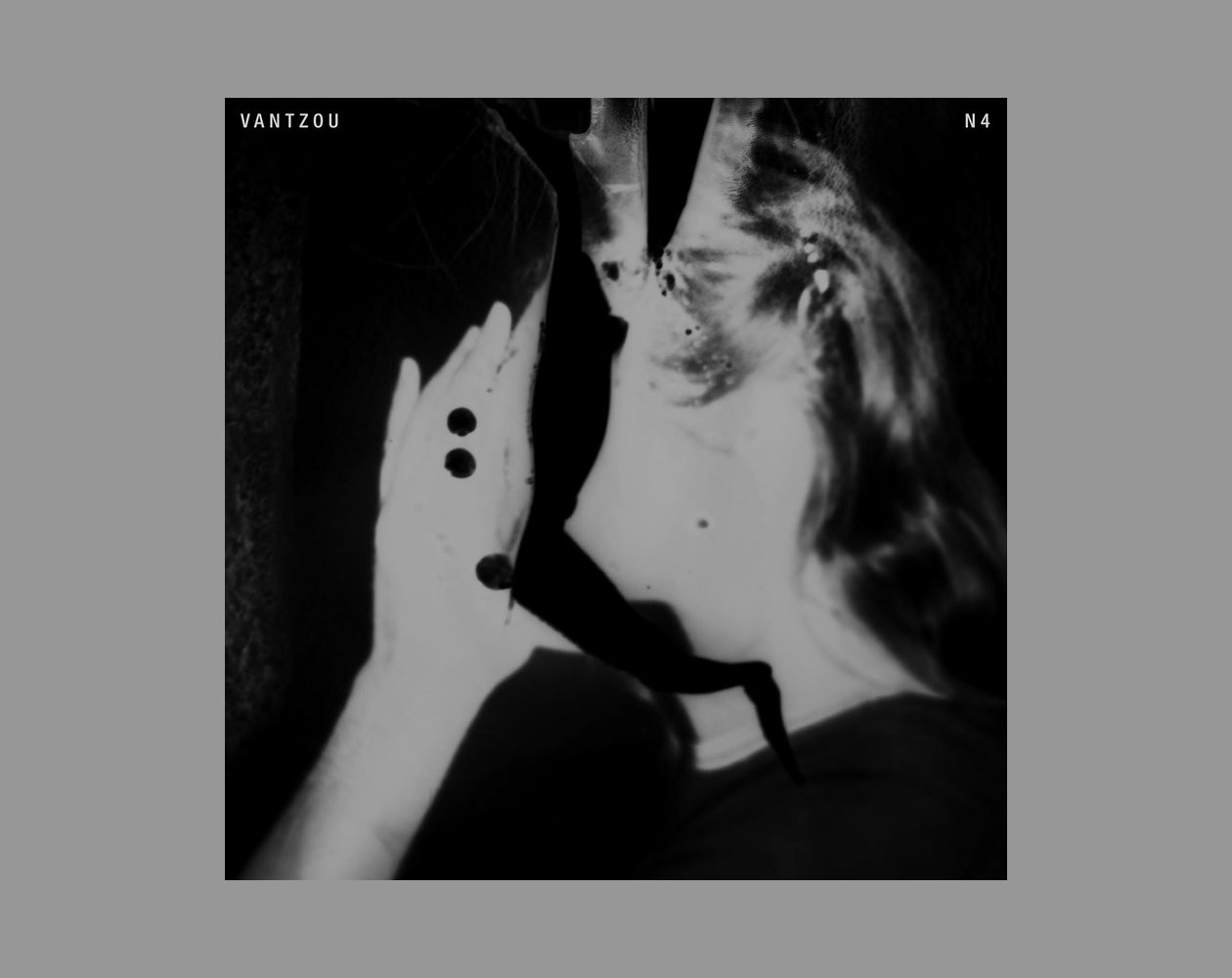
She worked on this album over two years with musicians who play percussive and expressive instruments including vibraphone, gong, bells, marimba, harp, and synthesizers. The group approached the creation of the eleven tracks here through a process of what Vantzou describes as “prepared spontaneity”, everyone arriving with ideas and knowing those ideas will become something else. The result is an immersive album of remarkable clarity, entirely confident, drawing the listener all the way in. (The Quietus)
Cool Maritime, Sharing Waves
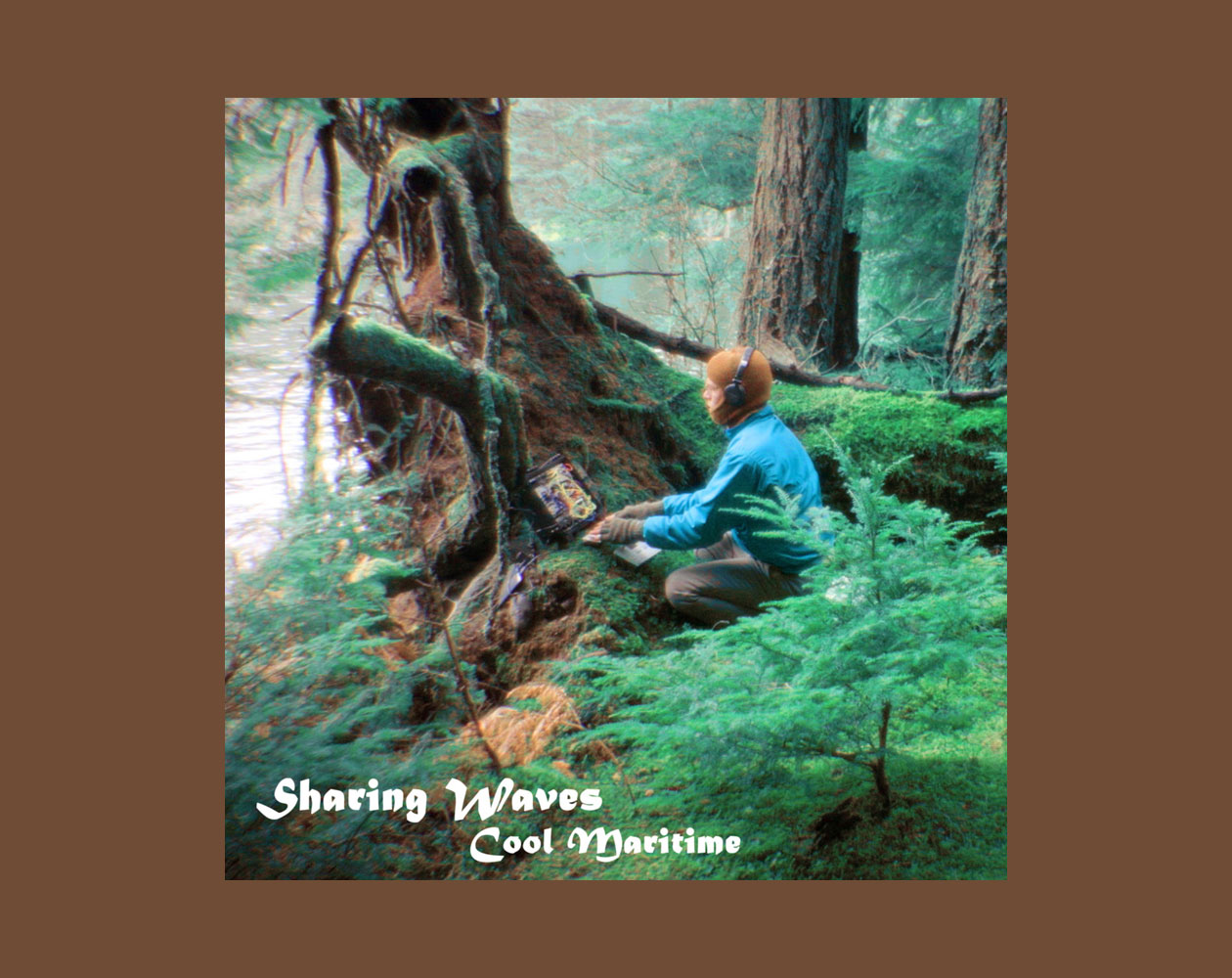
Whether or not meditation and transcendence happen to be your thing, the joy and tranquility emitting from [Sharing Waves] provide a respite from the daily outrages and outright horrors. With the knowledge that the artist recorded much of the material on Sharing Waves outdoors, in no doubt idyllic settings, the album benefits greatly from its brightness, present on loping stretches of busy beauty as well as relatively brief passages like “Mossage” and the plink-plonking “Secret Caves.” (Vinyl Me, Please)
Deafheaven, Ordinary Corrupt Human Love
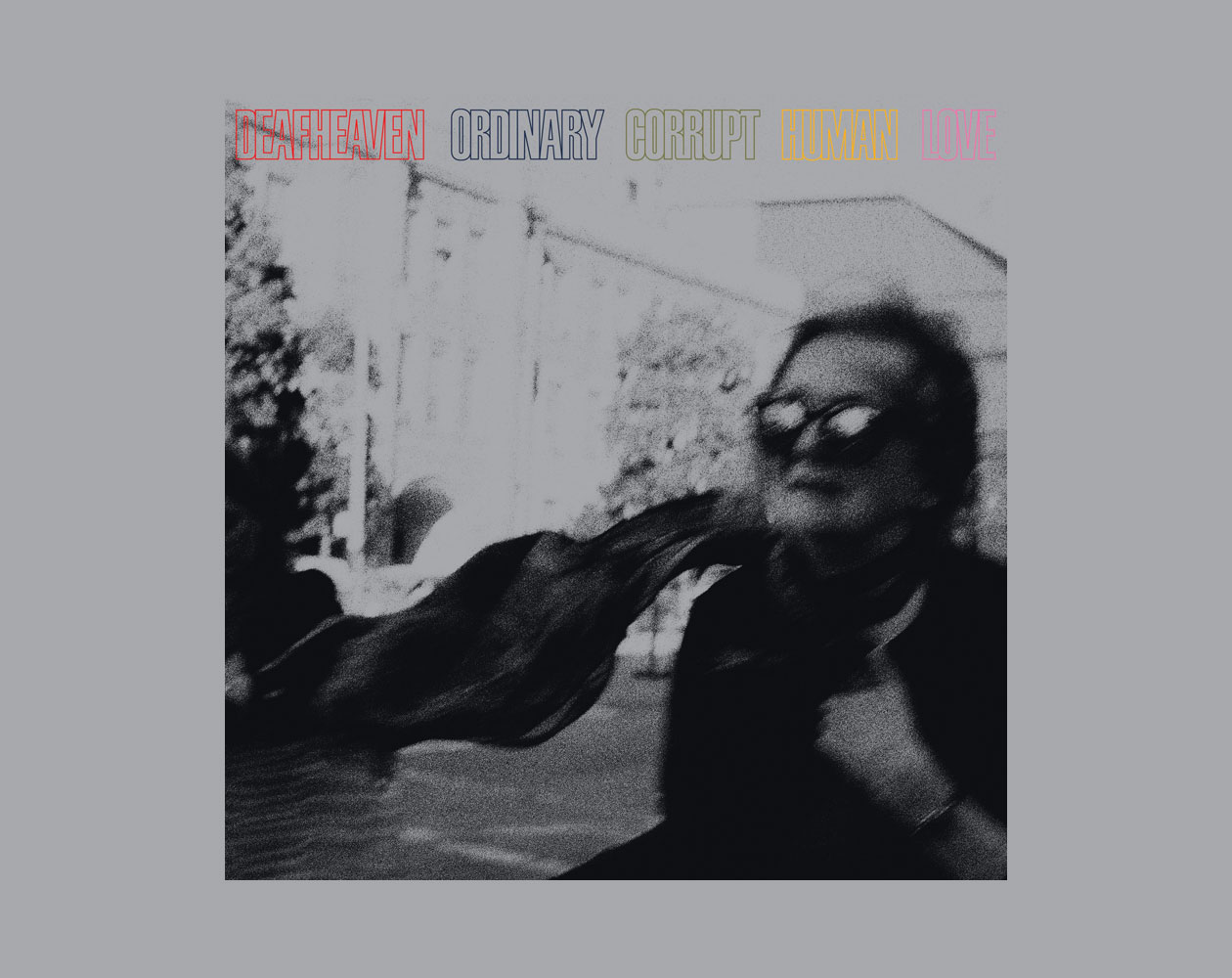
Deafheaven’s music is not made for the everyday. No two of their four records sound quite alike, but their mood is immediately identifiable. It’s a place where serious subjects—love and loss, emotional apocalypse, existence—are amplified like sunlight through a magnifying glass. They make a kaleidoscope out of heavy music’s most introspective corners: The tortured shrieks and blast beats of black metal ripple through shoegaze’s immersive guitar tones, all building with the skyward patience of starry-eyed post-rock. You don’t put these records on casually. (Pitchfork)
Deeper, Deeper
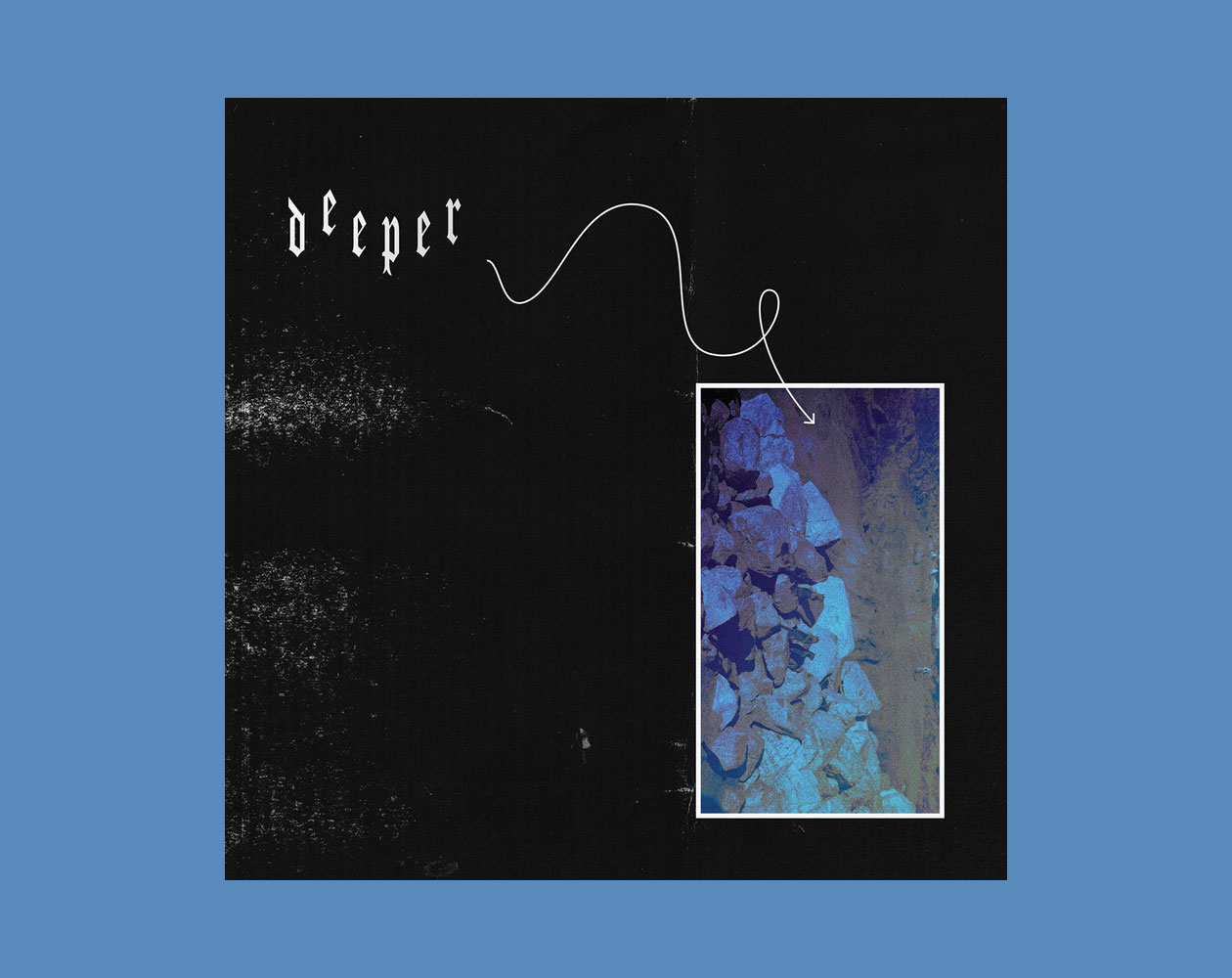
Across nine deafening tracks, they’re able to stop us in our tracks just long enough to give their elevator pitch. It’s brief, but incredibly informative in the short amount of time it has. On the introduction track “Pink Showers,” the subtle dance between guitarists Nic Gohl and Mike Clawson takes center stage as the two push and pull against each other. The arrangement of the guitars remains a strong suit throughout. A healthy amount of intrigue is peppered around all the while, never crossing the line over to the experimental. (Post-Trash)
Erica Eso, 129 Dreamless GMG

At one point in my notes I referred to this album as being “future rock” but with the way it seems set in space at times and just has this overall feeling of musical magic I like to think of it more as futurewave. Erica Eso are making these sounds that you might not have thought were quite possible yet and people maybe wouldn’t be ready for them until 2035, 2050? “Vaccination Free” begins a capella and then drums come crashing in with space lasers. (Raised by Gypsies)
Ezra Furman, Transangelic Exodus
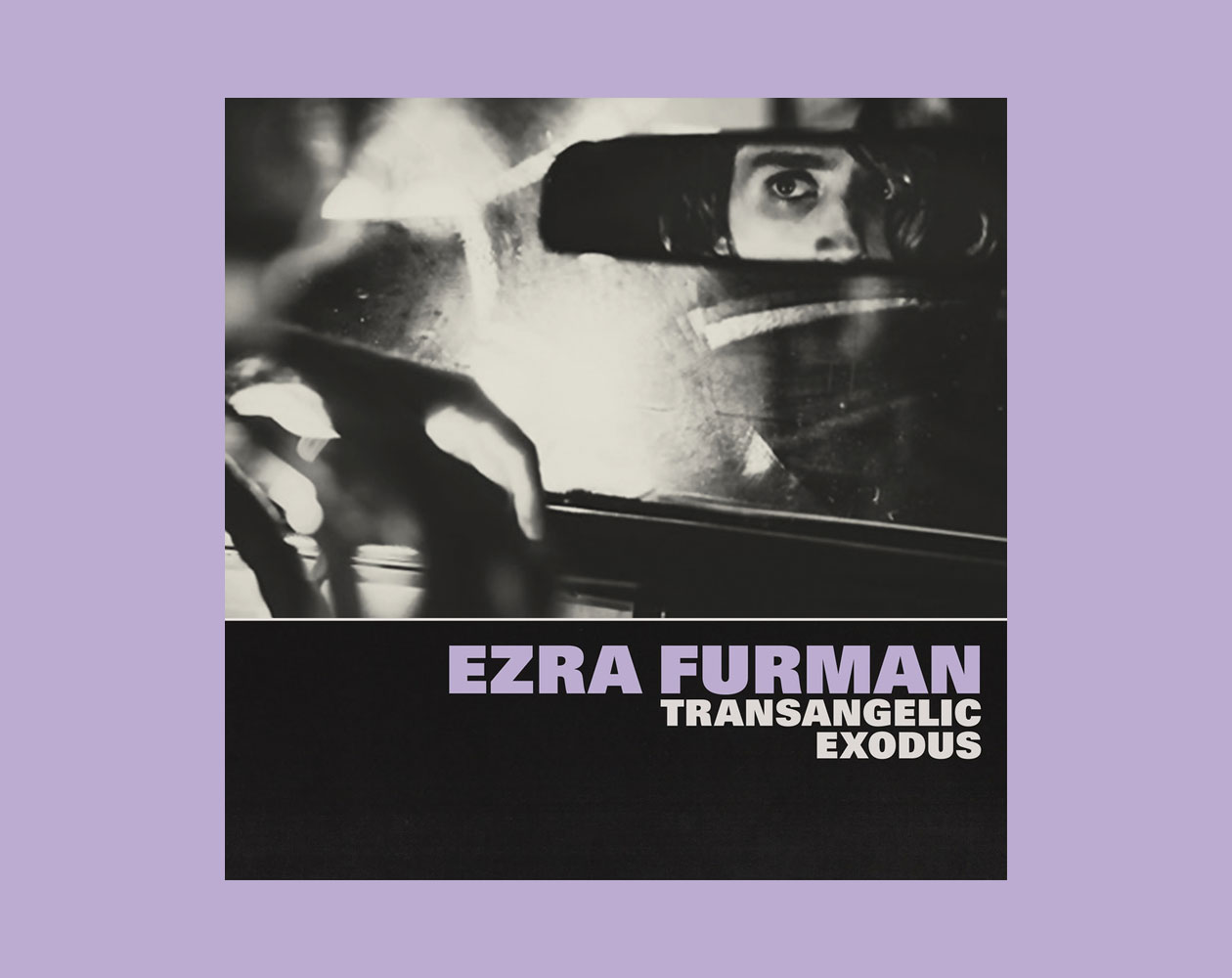
This romantic metaphor for the social and political oppression of the trans, non-binary and generally-not-slotting-into-your-Old-World-rules-grandad community is every bit as confrontational musically as it is thematically. If the crunchy, lo-fi Springsteen vibe of opener “Suck the Blood From My Wound” could be renamed “Gabriel, We Were Born to Run,” that’s about as conventional as Transangelic Exodus would get. From here on in the rusted Rickenbacker twangs of his ’50s-fetish albums with The Boy-Friends are sidelined in favor of synthetic inventions in sound that quite brilliantly merge past and future. (NME)
Forth Wanderers, Forth Wanderers

Still, there is a vigor to their music that’s not just accomplished, but deeper than they might know. The band inhabits a space that can feel bigger than the sprawling tree-lined streets and byzantine freeways of their local inspiration. Instead, the place Trilling and her bandmates create is more personal, messier, and chaotic. They give musical cues to the growing pains of young adulthood that are relatable but never trite—their songs, like any you might’ve been obsessed with in high school, feel like a mirror held up to the all-consuming triumphs and heartbreaks of your own youth. (Pitchfork)
Gang Gang Dance, Kazuashita

An astonishing musical mosaic. Every track links together seamlessly and every texture is vibrant, even the interludes (which enhance the album instead of just being easily excised filler), but Gang Gang Dance are never about showmanship. Their idea of beauty isn’t about overwhelming the senses in sudden spurts. It’s about realizing that beauty can be extracted through sheer will, even when the powers that be are pushing back as hard as they can. Speaking out might inspire ugliness in others, but suppressing your feelings furthers the ugliness within. (The 405)
Gnod, Chapel Perilous
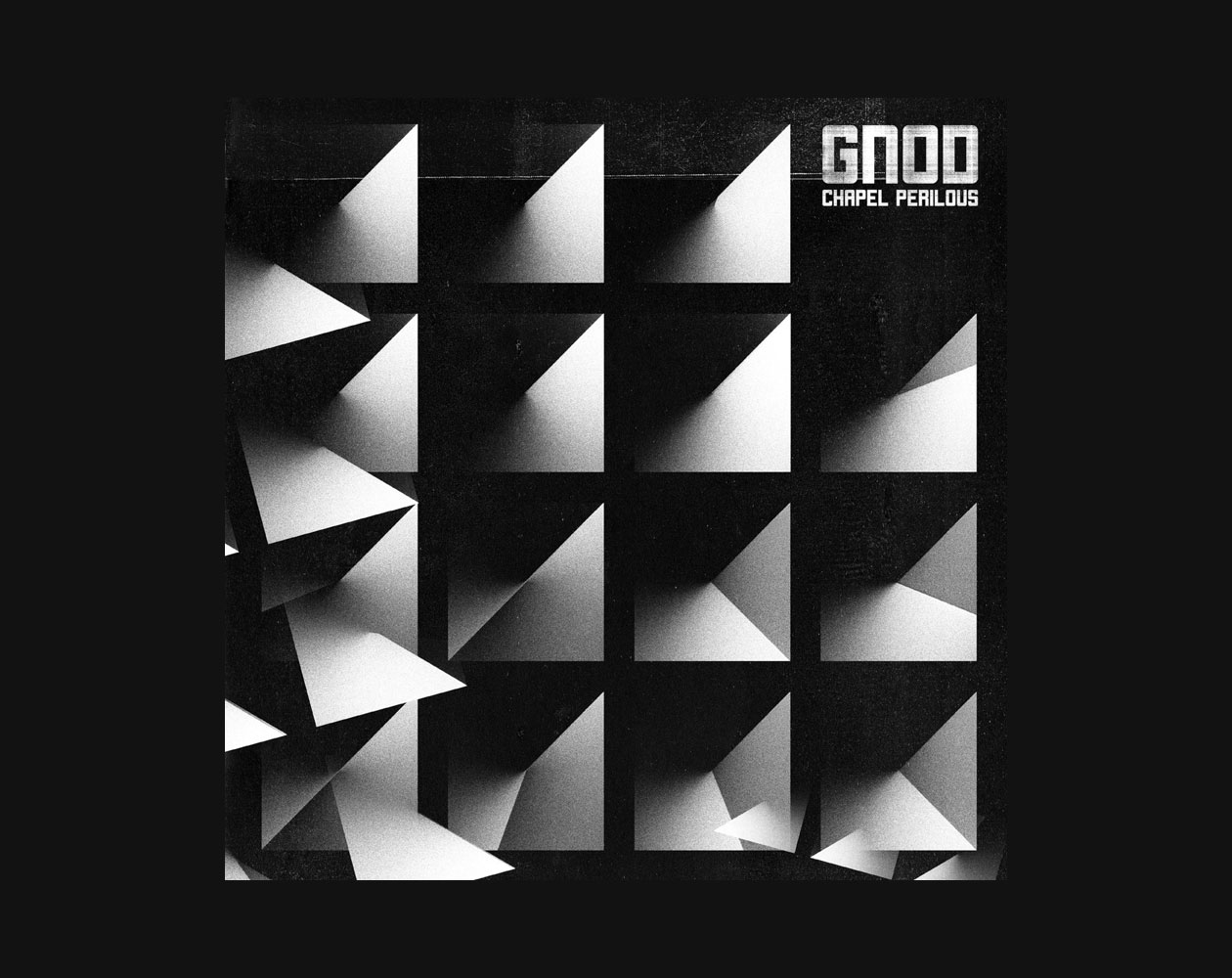
The album is sequenced like a pulverizing futuristic space-rock version of Reign in Blood bookended by overbearing monolithic structures that initially cast shadows over the relatively hard-to-penetrate middle section. It’s great to finally hear “Donovan’s Daughters” in a home setting. While it still slaps hard—and oh, sweet lord Jesus and all of your apostles, that drop—Raikes Parade’s masterful dub creates abyss-deep currents of echo and sky-scraping vapour trails of reverb. It is no longer merely a blunt instrument of godlike destruction; it is a blunt instrument of godlike destruction that seethes with detail. And as a bonus, this song contains one of rock music’s hardest won and most justly deserved key changes since Hawkwind’s “Space Is Deep.” (The Quietus)
Grouper, Grid of Points
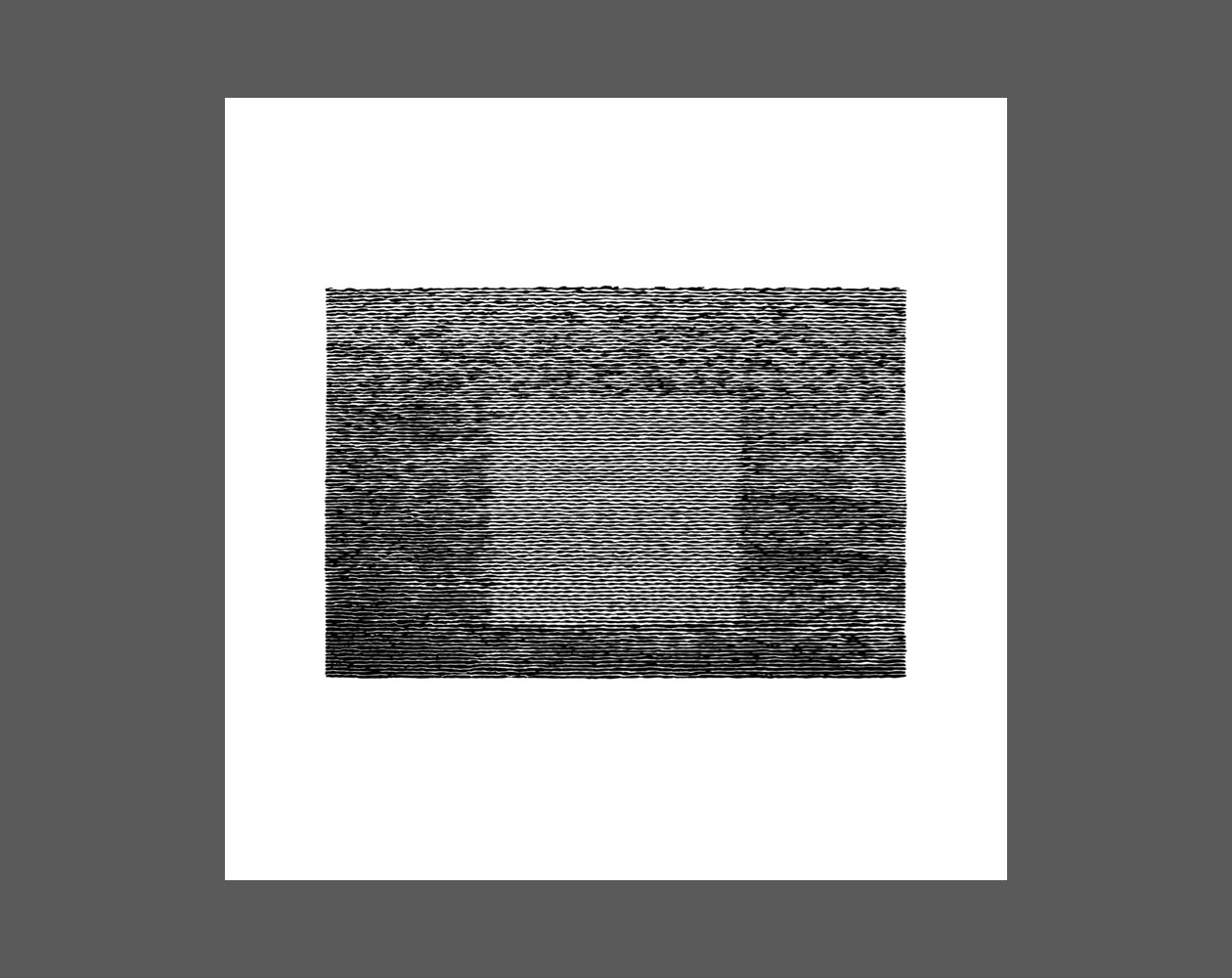
Like its predecessor, the album is musically stripped to its most utilitarian elements, focusing on Harris’s voice and piano, with almost nothing else permitted to enter the frame. If there is a notable difference in sound, it’s that the artist’s singing no longer marches in strict time and pitch with the piano’s melody, but ventures into the occasional portamento, gifting a few beautiful jazz notes to the piece. It is also seven tracks long, less than half an hour of music; though as Harris herself notes, it is a record that feel stylistically sparse anyway: “Though brief, it is complete. The intimacy and abbreviation of this music allude to an essence that the songs lyrics speak more directly of.” (Tiny Mix Tapes)
Hana Vu, How Many Times Have You Driven By

“Crying on the Subway” is emotionally vacant in a way that feels real. It is a muted daydream with a wobbly bass sway, the sound of quiet longing and a resigned single tear, of a person who really is trying to just get by. “In my dreams I’m in that gray room/In my chest I’m feeling dark blue,” Vu sings, evoking the colors of her mood music. “Take the red line into downtown/I’m trying to escape you.” Her richly layered vocals feel like a long sigh, like infatuation steadily deflating, like a cold stare. The entire song conveys loneliness and comfort at once. (Pitchfork)
Hit Bargain, Potential Maximizer

Dark, sharp, and raw as hell, their music is deeply satisfying for the rightfully angry. The group says they set out to “create new shapes from the building blocks of a well-worn genre” and if their debut LP Potential Maximizer is any indication, that’s just what they’ve done, with a menacing post-punk sound and thoughtful lyrics about sex, gender, power, and capitalism. Nora Singh’s vocals alternate between sardonic commentary, emphatic wailing, and melodic projection, and with Mike Barron’s electrifying guitar work, Anton Hochheim’s agile but steady drums and Sean Monaghan’s ominous bass, this group has the musicianship to back up their message. (L.A. Record)
Honnda, Maraschino Mic Drop

Where modern radio fails us, Maraschino Mic Drop succeeds. Through highly focused sample manipulation and an uncanny ability to twist beats at will, Honnda confirms the conspiracy theory that the Major Label Illuminati only crank out vapid music because they can. Sure this is every bit as fun, danceable and sexually charged as the next song you hear on Power 105.1, but Freidlin digs deeper to deliver a much more satisfying listening experience. His juxtaposing of samples and beats creates a three-dimensional space that draws you right into the center of the ping-ponging sounds until you realize you have no choice other than to move. (The Big Takeover)
Hovvdy, Cranberry

Cranberry traverses much of the same narrative and musical territory as its lo-fi, slowcore predecessor, but more ambitiously. Taylor’s voice is sharper here, the plainspoken poetry of his lyrics brought to the forefront of nostalgic fuzziness. That gentle melancholy often conjures Elliott Smith, particularly “Petal,” with Taylor’s wistful refrain, “I had a feeling for who you used to be.” From the quiet pedal steel on “Truck” to the intricate, quivering guitars opening “Swing,” the material plays out longer and varied, allowing the muted instrumentation to breathe. Cranberry delivers pointed observations through soft focus. (The Austin Chronicle)
Iceage, Beyondless
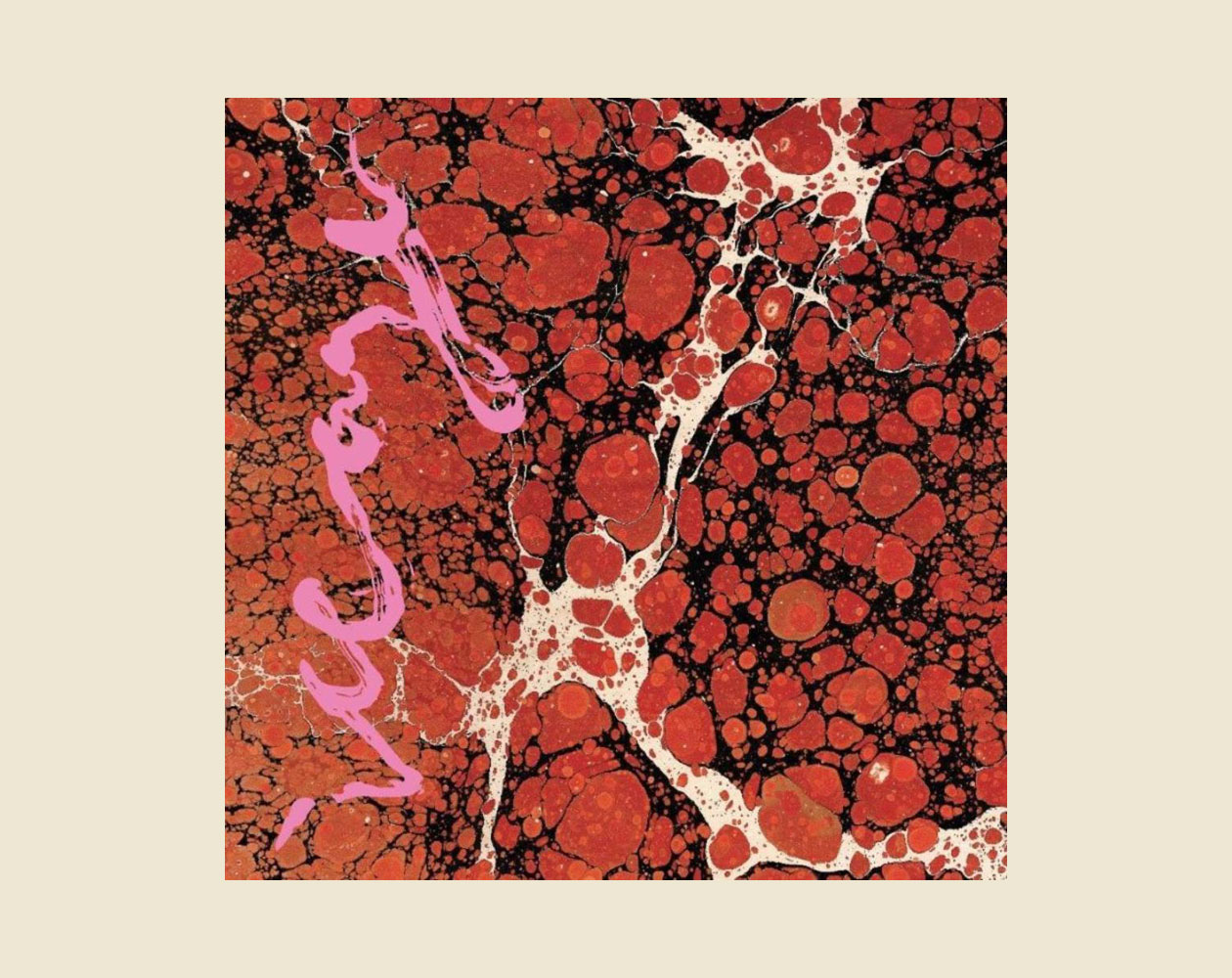
I can’t think of many other young artists making rock music that sounds like anything like this right now, and if they’re out there, they aren’t doing it half as well. The easiest way to sum up Beyondless is that the Nick Cave influence is still very much present: It sounds like Cave in his more feral early days attempting to make a Rolling Stones album but being unable to help himself from periodically contorting it into blackened mystic shapes or just straight-up dousing it in gasoline, dropping a match, and dancing amongst the flames. There are various points across Beyondless where Iceage sound alternately swaggering, strung out, shamanistic, drunk, and ferocious. (Stereogum)
Jean Grae and Quelle Chris, Everything’s Fine
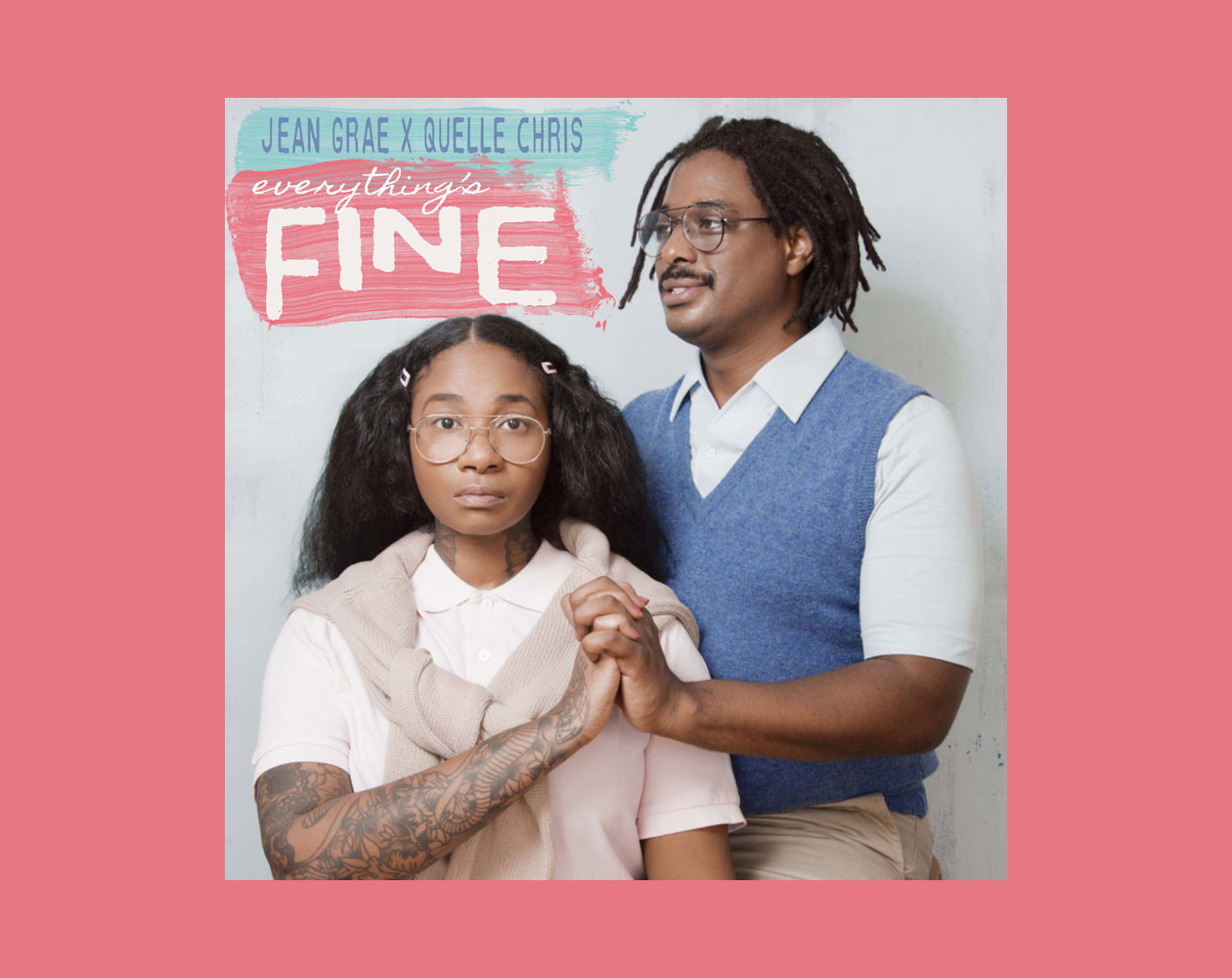
“It was our first year of Trump,” Chris tells NPR Music, regarding the inspiration behind the LP. “The news all day is bad news, you know. Life in general comes with its own trials and tribulations, and the process of making an album sometimes can be daunting in itself—the effect on your physical as you’re staying up 24 hours every week and so on. [Yet] the common response when you’re [asked], ‘Hey, how are you doing?’ is, ‘Oh, everything’s good.’” The narrative plays out over an album full of off-kilter flows, dissonant vibes, sarcastic skits, and an outlook that offers as much absurdity as it does sobering honesty and self-reflection. (NPR)
John B. McLemore and Tor Lundvall, Tor Lundvall Presents Witness Marks: The Works of John B. McLemore
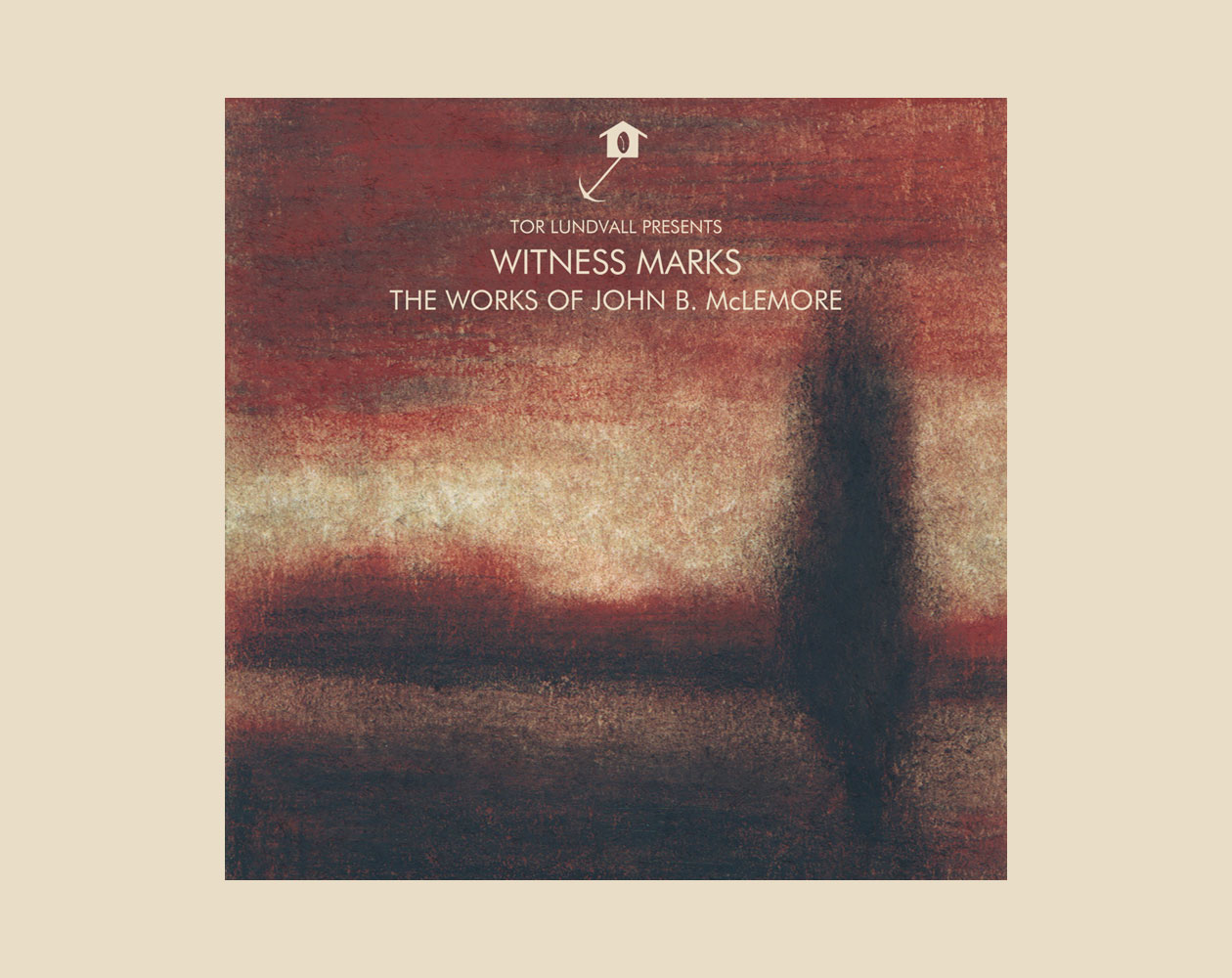
Yes, that John B. McLemore, the central figure in the stunning podcast S-Town. Turns out he was the fan behind an elaborate remix of Lundvall’s music back in 2012. Some people may remember it as the 80-minute piece Dais promoted as part of the push behind a special box set in 2016. Well, when Lundvall went looking for it online last year, he quickly realized what a worldwide phenomenon the Alabama native had become—a fact made all the more real by the messages Lundvall and McLemore had exchanged in recent years. (self-titled)
Jon Hopkins, Singularity
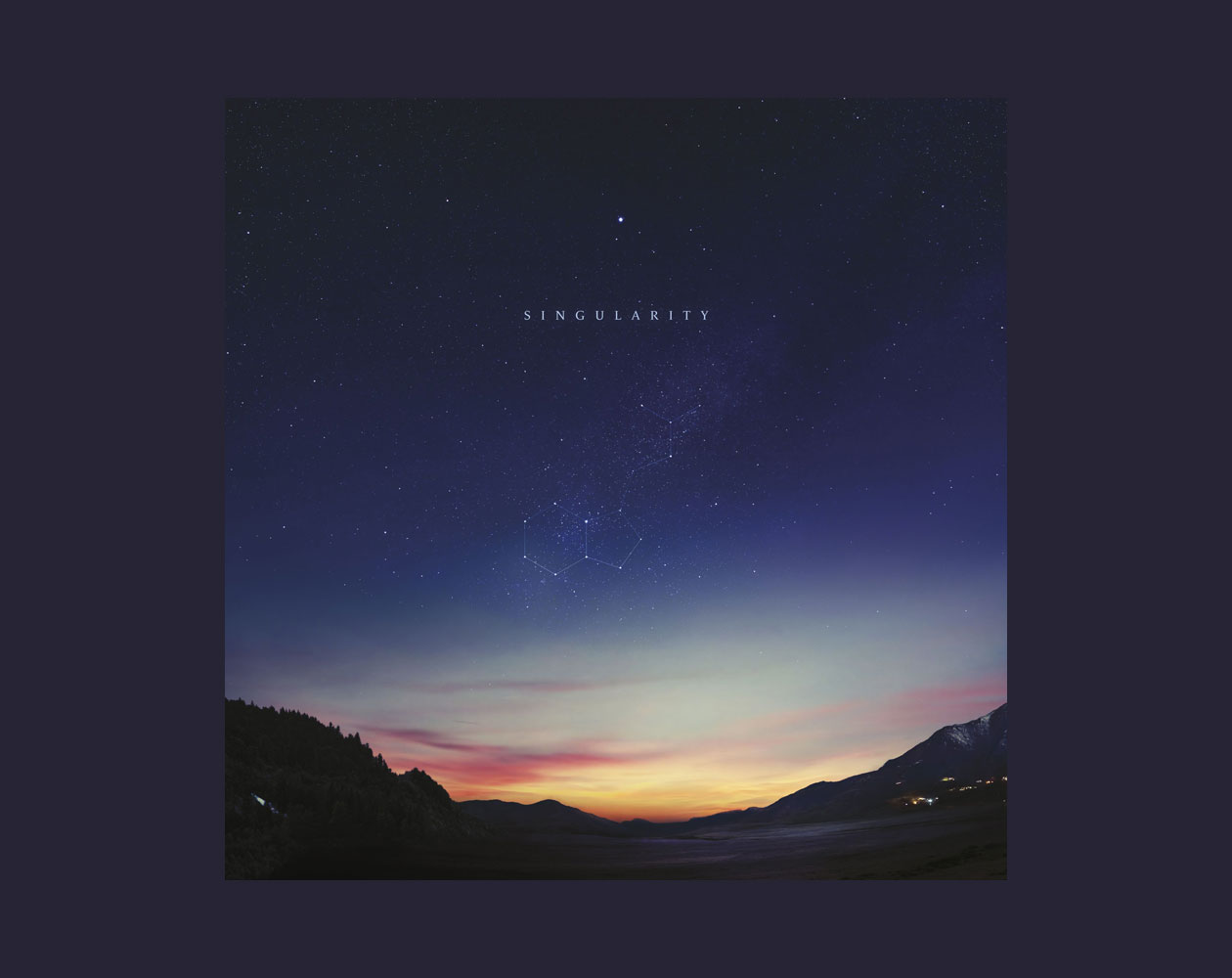
Hopkins recently told The New Yorker that Singularity capped a period of seeking in his life, a time when he devoted himself to “desert treks, controlled breathing, [and] freezing baths.” He bottled that intensity in grooves that heave themselves into being, discovering their forms moment by moment. The songs here are about 75 percent build and 25 percent release, which is gripping, faintly exhausting, and, if you’re ready to go there, transcendent. (Pitchfork)
Jorge Elbrecht, Here Lies
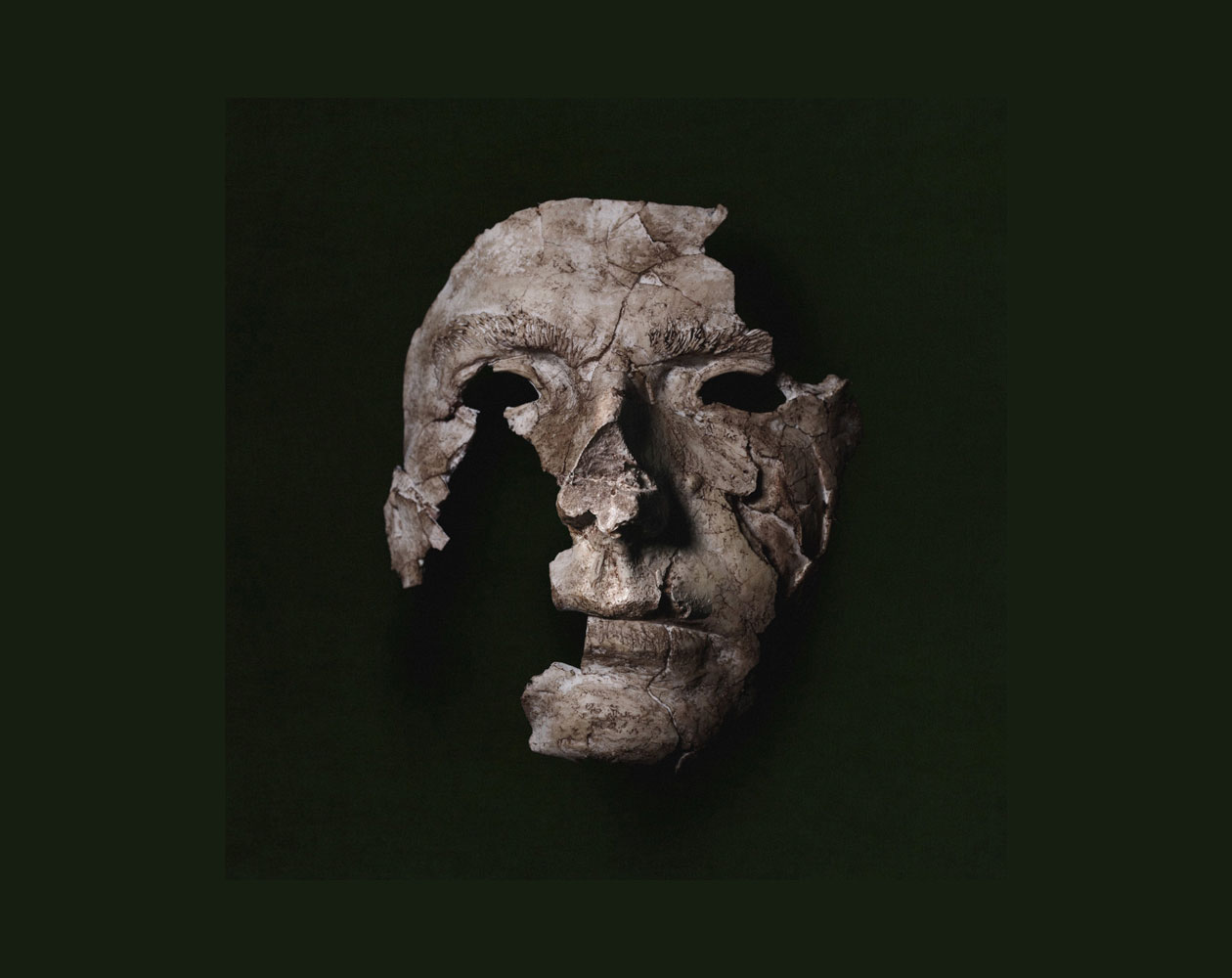
Here Lies is the apex of the OMD, Tears for Fears, ’80s pop renaissance that’s been gaining traction over the past few years, as artists skew towards a different part of the post-punk spectrum and away from the Joy Division influence that’s held sway for well over a decade now. The shift has been a welcomed one and I for one will never tire of it... In this current monoculture, Elbrecht has managed to cobble all the bits that truly matter from our favorite decade while creating a full-spectrum pop album that spans a healthy dose of genres. Here Lies hits every fucking note of nostalgia with darkened glee, executed with the finest of care by Elbrecht and his collaborators. (Screaming for Years)
JPEGMAFIA, Veteran

Whether he is laughing at the current lack of popularity of rock n’ roll (the murky “Rock N’ Roll is Dead”, where alt-rights will get called out by group name en route), the God complex of those with Neo-Nazi and centrist mindsets (“1488”, which I recommend Googling in order to get the reference), or being one of those spitting in Morrissey’s direction (“I Cannot Wait Until Morrissey Dies”, which pulls out a well-timed reference to that Pepsi commercial), JPEGMAFIA pulls precisely zero punches, no matter how soft or how hard because he is well aware that for a man of his lyrical strength, his punches would hurt his detractors all the same. (AFROPUNK)
Kanye West, ye
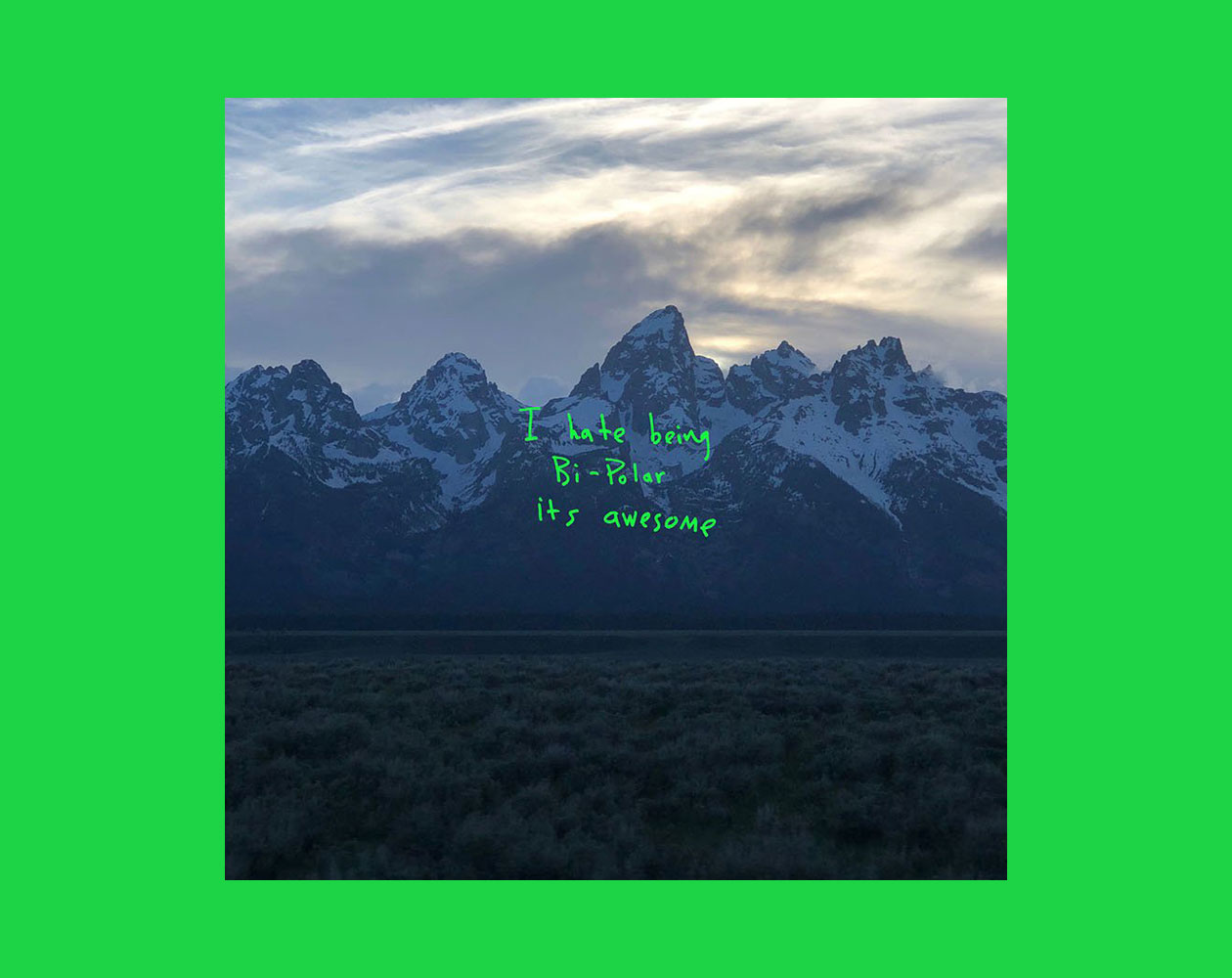
It is dark, dark, dark, as one might expect of a record that opens with a song called “I Thought About Killing You,” which pretty much does what it says on the tin. “I think about killing myself, and I love myself way more than I love you, so…” West rambles over a queasy, almost negligible beat that builds into a sped-up, uncleared sample from PAN’s 2017 mono no aware ambient compilation. These are not easy statements to hear, no matter how casually West presents them, and they’re contextualized further by the album art: an iPhone photo of Jackson Hole’s horizon, snapped en route to the listening session, on which West has scrawled “I hate being Bi-Polar its awesome” [sic]. (Pitchfork)
Kate NV, для FOR
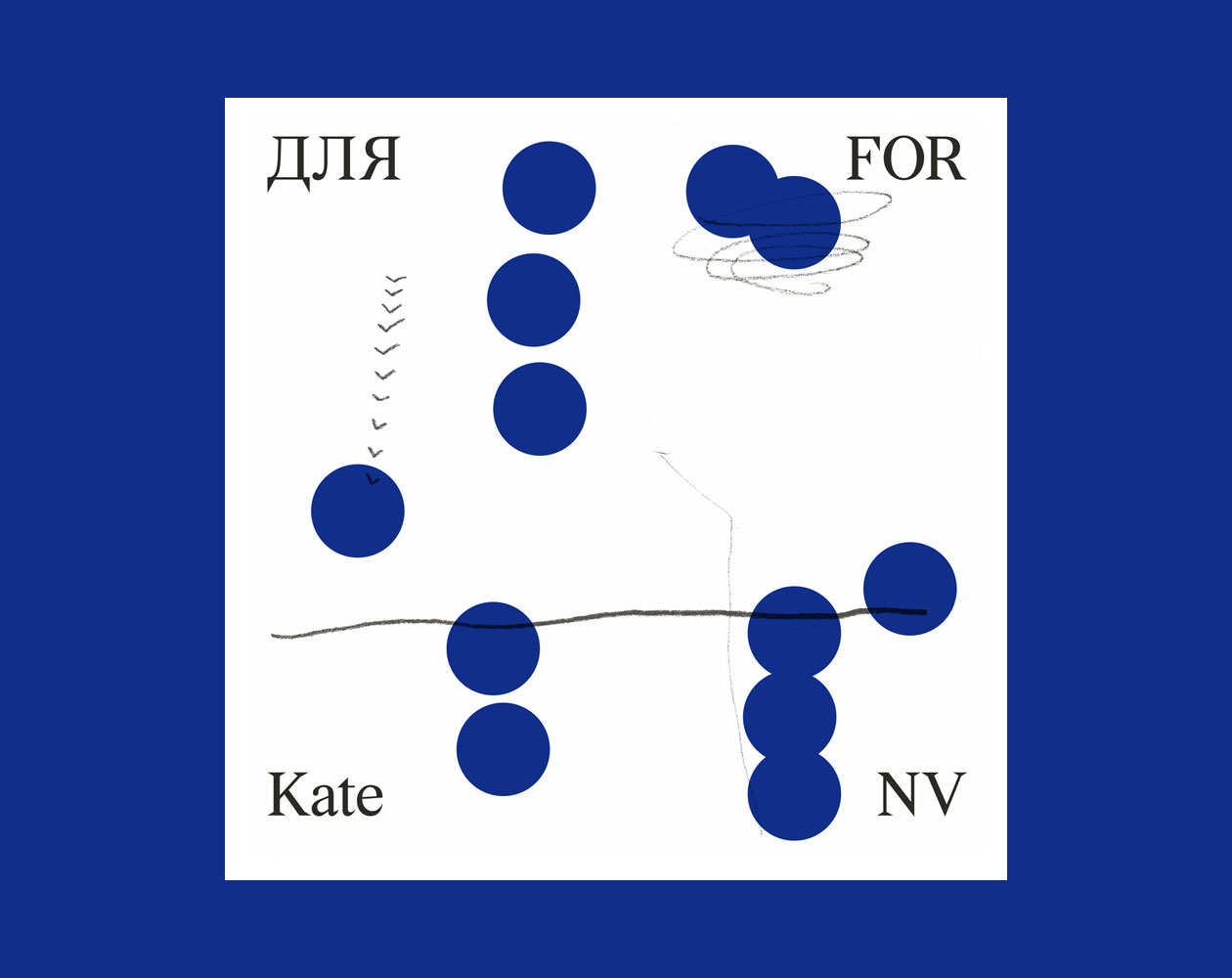
She strips away the gloss and calculated exuberance, and in its place offers music to consider. NV paints with weighty droplets, globs of synthesizer notes that evoke vintage Sesame Street segments and dilapidated music boxes even as their minimalism gives them a purely modern quality. It makes for an uncanny feel to the album’s 10 tracks, a stripped-down version of Boards of Canada-style constructed nostalgia: для FOR is meant to remind you of something, but not necessarily anything you actually experienced. (PopMatters)
Kendrick Lamar, Black Panther: The Album
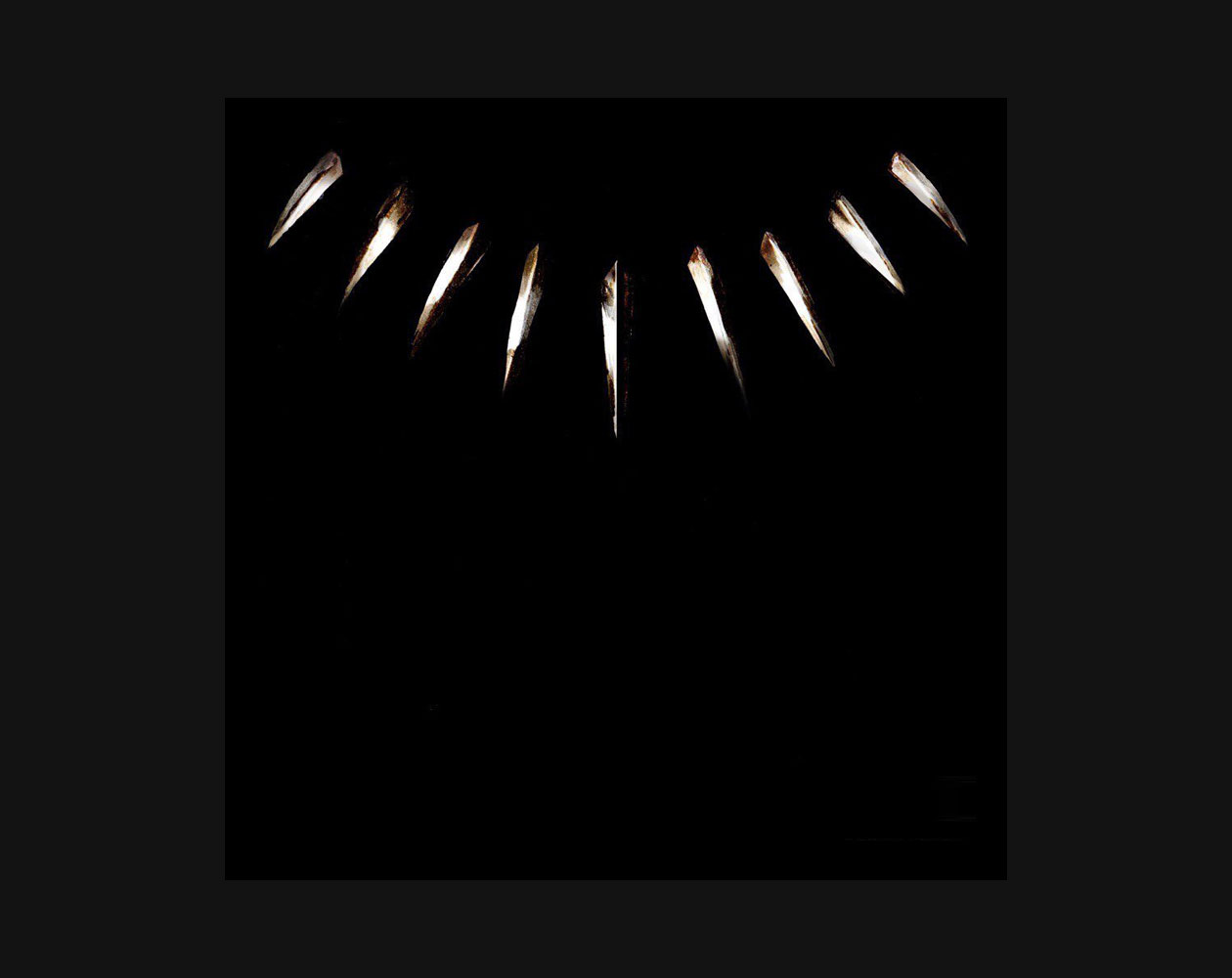
Evidently, Lamar doesn’t see his employment on behalf of the vastly successful Marvel Cinematic Universe franchise as any reason to reign in his more experimental musical tendencies... Lamar’s opening title track offers up music as knotty and challenging as anything on To Pimp a Butterfly: off-key piano and samples clanging against each other; abstract, jazzy horns hovering in the distance, a startling moment where his rapping—in the character of the film’s hero T’Challa—unexpectedly speeds up, racing dramatically away from the beat. (The Guardian)
Khruangbin, Con Todo El Mundo
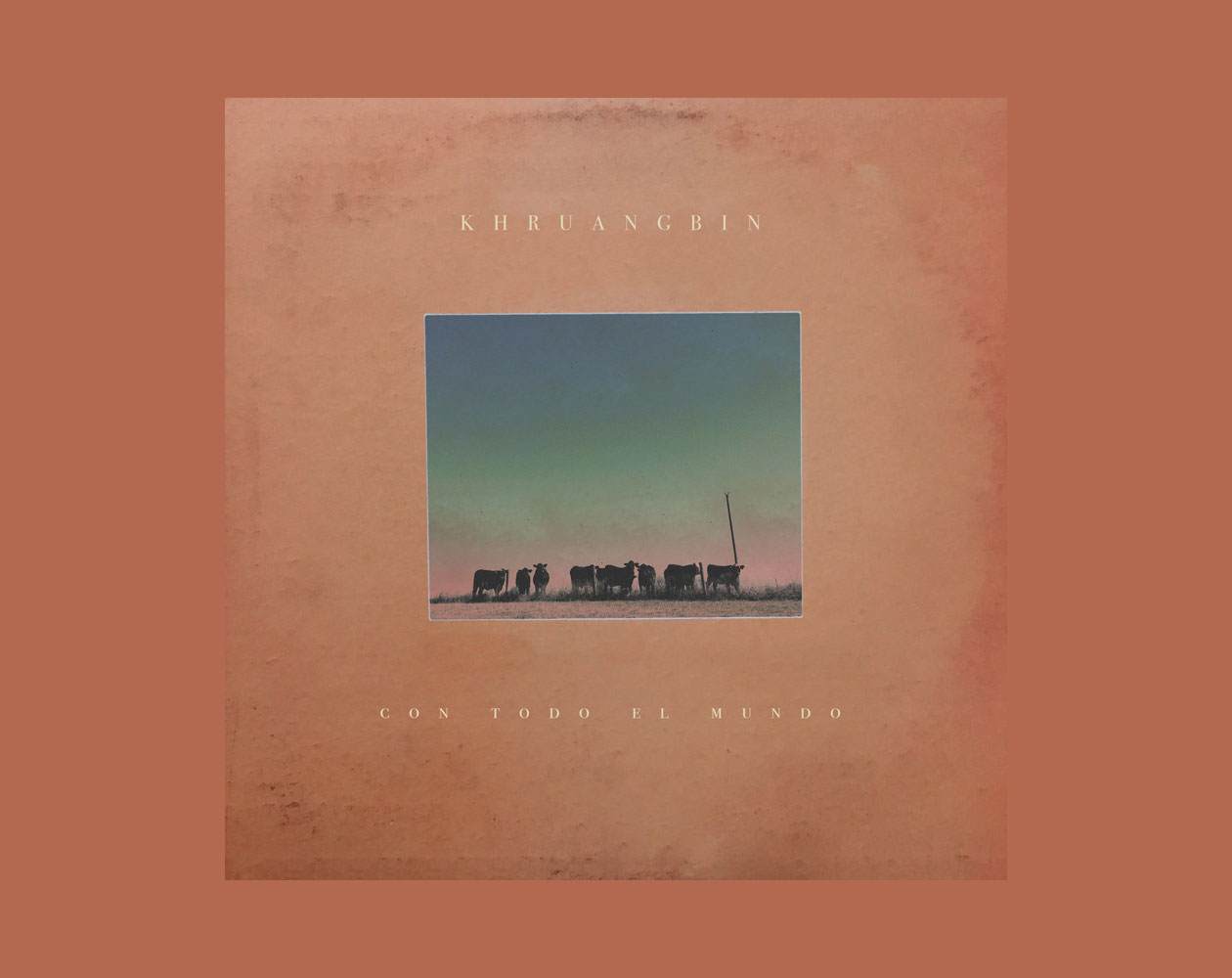
Though clearly informed by psychedelic rock, the primary influence that fueled their 2015 debut, The Universe Smiles Upon You, was Thai funk... But Con Todo El Mundo broadens the group’s sound, maintaining the funk but also adding bits and pieces of Caribbean, Indian, and Middle Eastern music. Iran is the obvious touchstone in “Maria También,” whose video directly addresses women’s rights in that country. Throw in a few retro surf riffs and whispered vocal lines and you’ve got an aesthetic that feels at home at any beach or desert in the world. (Pitchfork)
KIDS SEE GHOSTS, KIDS SEE GHOSTS

Though likely unintended, Kid Cudi is the savior of Kids See Ghosts. Not just for his impact on the aesthetic of the final product, but his ability to entice Kanye to show up. The beats and rhymes on Kids See Ghosts are signs of life from a man whose increasingly polarizing statements had all but left him for dead in the eyes of those once taken by his ability to flip a soul sample or execute a cheeky rap track. The controlled chaos of the record is proof that somewhere beneath all of the public outbursts and musical misfires, Kanye West—not the old Kanye—but the actual man and his heart are still somewhere in the mix planning to raise the bar and occasionally executing to near flawless result. (Consequence of Sound)
Laurel Halo, Raw Silk Uncut Wood
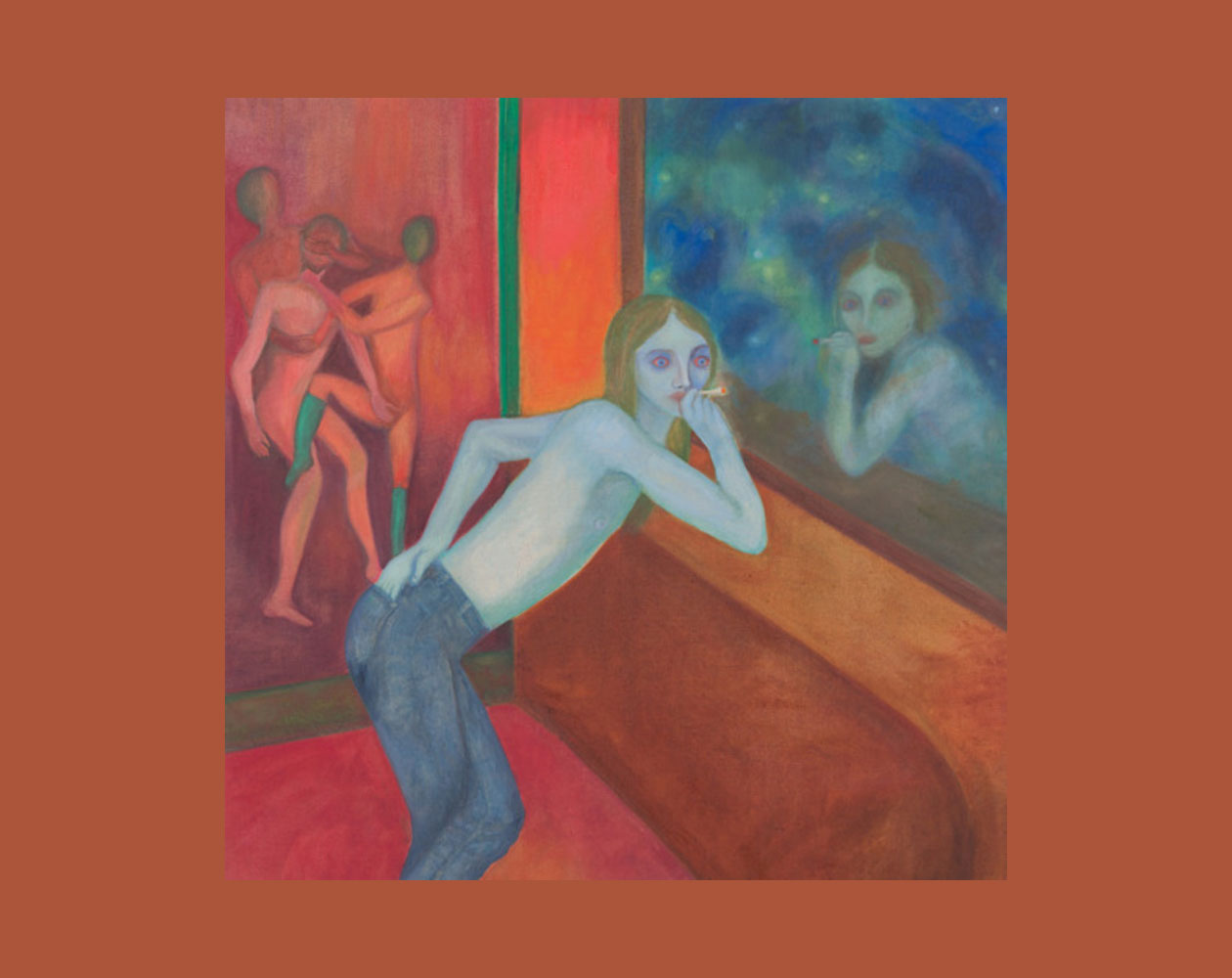
The mini-album spans our world and extrapolates the idea of mindfulness until it becomes your reckoning. The two 10-minute tracks that bookend the record solidify this journey and in the center is “Quietude,” a nightmarish hammering of piano keys and their sharp mechanical clicking like a pinball rolling around your head. If finale “Nahbarkeit” is the soundtrack to a particularly poignant scene from Blue Planet, then this is the soundtrack to a private breakdown in a very public place. It’s a record that’s aiming to evoke sensations and “The Sick Mind” is a late-night frenzy of them. (The 405)
Let’s Eat Grandma, I’m All Ears

On every level, I’m All Ears is a tremendous leap for Let’s Eat Grandma, a whole order of magnitude more confident and fully realized than I, Gemini. The new album is the moment where Walton and Hollingworth move far beyond the starry-eyed warmth and genre-agnostic twee of their debut. Instead, it’s an album with tremendous style and adventurous self-assurance. The two young friends play around with indie rock and synthpop and psychedelia and dance music with absolute calm and focus, and they do it while smartly interrogating relationship dynamics and the illusions that we build up around each other. (Stereogum)
Loma, Loma
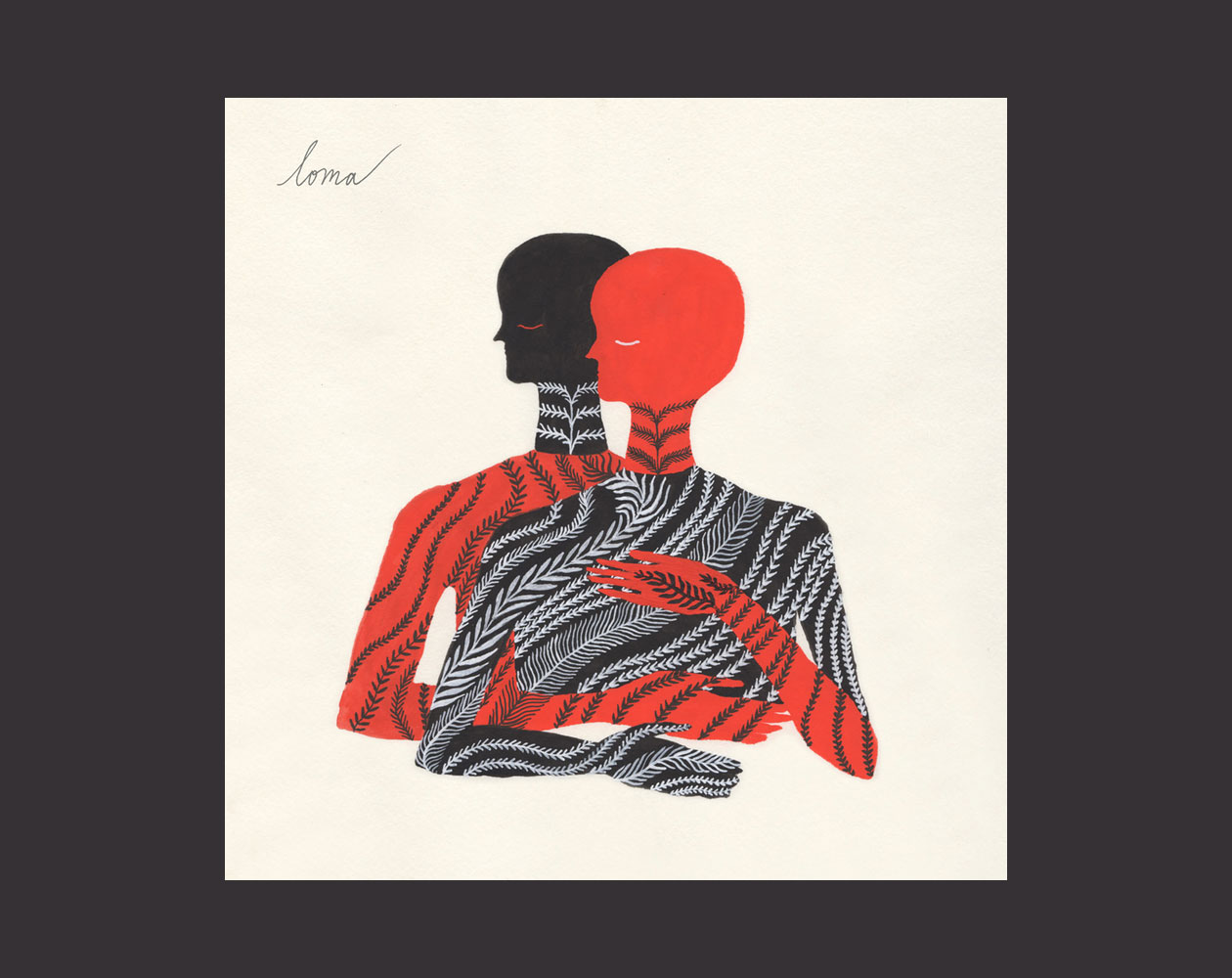
The album’s chilling centerpiece “I Don’t Want Children,” powered by the kind of melody you’d hear lilting from a music box, looks to future potentials that are just as lost. Cross ruminates on absent figures as powerfully as if they were standing in front of her. She’s “wondering what could be—who could be,” her voice heavy with the kind of melancholy that only surfaces when you’re staring down a path not taken. That song’s slow tension builds throughout the album, rippling through the rich, acoustic tones of “Sundogs” and “Shadow Relief,” only to break with the pummeling closer “Black Willow,” a lurching, gorgeous, and terrifying song that finds Loma at the peak of their powers. (Pitchfork)
Lotic, Power

This principle has never been louder than on Morgan’s debut album, Power, which, paradoxically, is their softest and most human-sounding release to date. Beside the raucous revolts of Heterocetera and Agitations, Power feels like the introspective aftermath, and an unapologetic embrace of vulnerability. Morgan sings and raps on the LP, the first time they’ve used their voice on their records. That helps make Power their most accessible release. The singing is charmingly unpolished, ranging from the ethereal high-notes of “Love and Light” to the airy drama of “Heart,” the LP’s best vocal track. The whisper raps on “Nerve” and “Hunted,” by contrast, suggest a sense of contempt. There are even a couple of full-on sentimental ballads, “Heart” and “Solace.” (Resident Advisor)
Mark Pritchard, The Four Worlds

The Four Worlds, serves, in part, as the soundtrack for a film and virtual reality installation that Pritchard has created with a collaborator, the LA–based visual artist/designer Jonathan Zawada; the pair also worked together for 2016’s Under the Sun. Much like that release, The Four Worlds drips with ethereal emotion—sometimes melancholy, sometimes dreamy, and occasionally a bit disconcerting—but feels perhaps even more cinematic. There’s a hazy ambience to much of the succinct album (run time: 33 minutes) that imparts a drifting sensation; it’s the music you’d want to be hearing as you float your way through parts unknown. (XLR8R)
Mount Eerie, Now Only
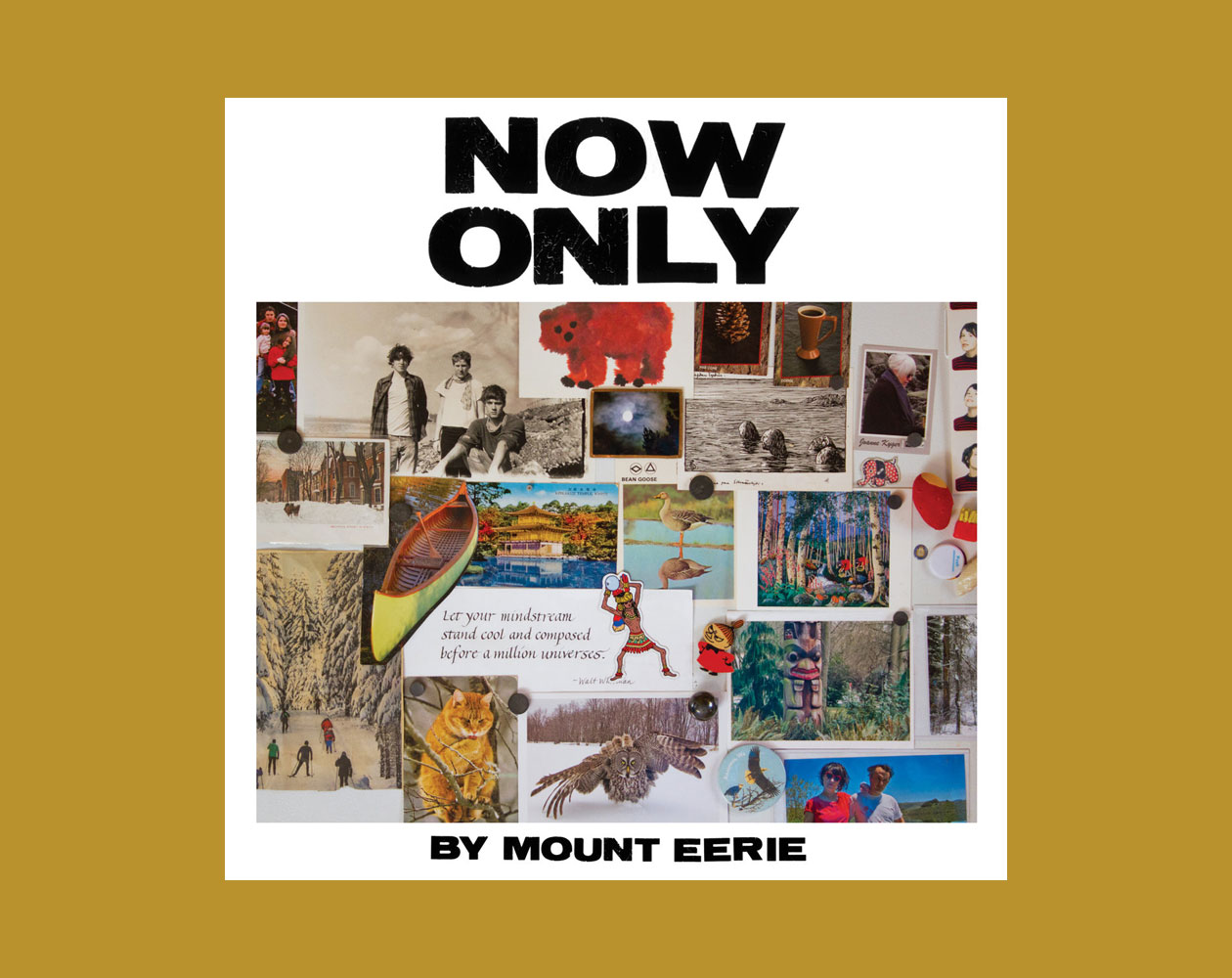
If A Crow was an implosion, a recitation of the impact of Castrée’s death on Elverum’s soul, Now Only is curls outward, picking up the pieces of the wreckage and, as he sings, “holding all your things, resisting the inevitable.” He refers to it as being in a “blast zone,” seeing remembrances of his wife’s life and work in everything, especially the almond-shaped eyes of their daughter. Too, he marvels at the absurdity of playing these “death songs to a bunch of people on drugs” as he leans against Skrillex’s tour bus at a festival in Arizona. Nothing makes much sense other than “the silence of space,” as he intones earlier in the album. (Paste)
Mourn, Sorpresa Familia
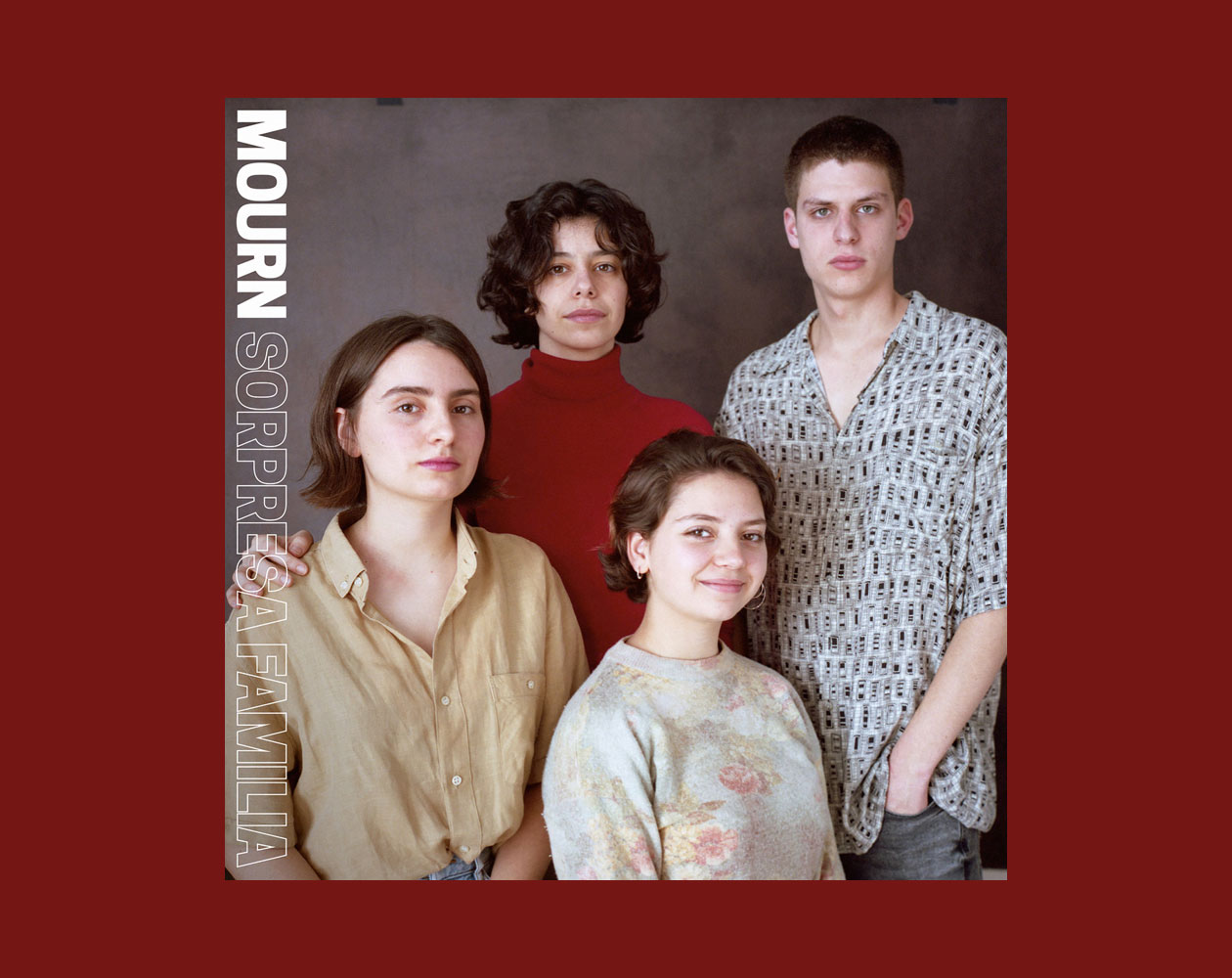
Through lopsided time signatures and flashes of guitar distortion, highlight “Skeleton” channels the neurotic post-hardcore sound of At the Drive-In, and, indeed, Sorpresa Familia is as unapologetically frenetic as much of that band’s chaotic work. If it were not for such a well-balanced production it might sound messy, but instead, there’s a sense of meticulous control that keeps the wailing licks and staccato rhythms in check. It’s punk music with the intelligence of wizened old jazz musicians, and as a chronicle of the band’s hardships, it’s a much-welcome return. (DIY)
Oneohtrix Point Never, Age Of
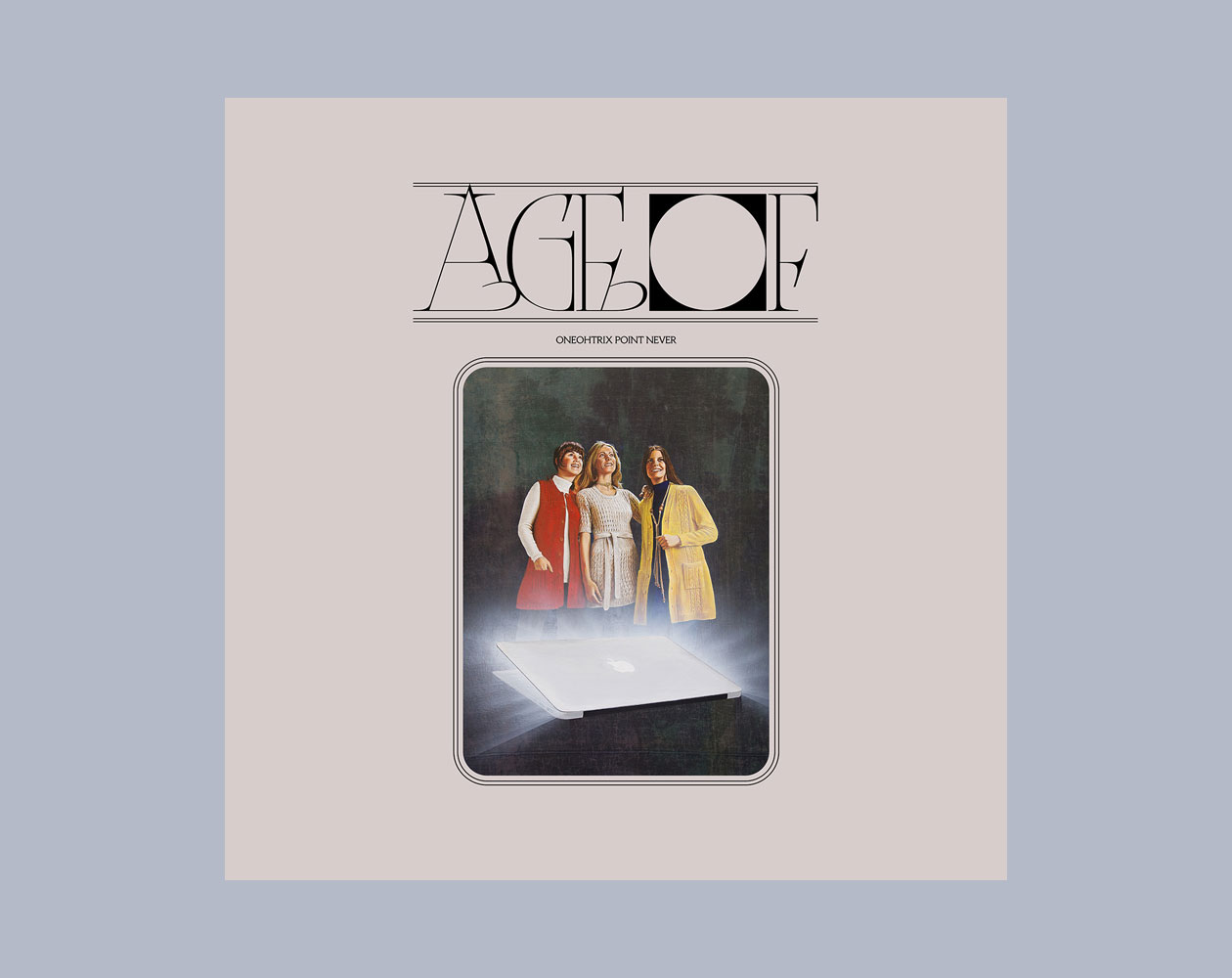
I’m hesitant of spoiling the surprises contained within, but let’s just say “The Station” was written for Usher and leave it there. Later in the album we get hints of the komische Lopatin channelled on last year’s Good Time soundtrack, swathes of glitch, and no shortage of the exceptionally inventive sound design Lopatin has become known for. This is, in some ways, the most accessible OPN record to date. Yet it also veers from concept to concept with a complete disregard for listenability. Ideas appear and disappear with the sort of semi-cohesive randomness most experimental artists dream about being able to conjure up. (Drowned in Sound)
POLIÇA and s t a r g a z e, Music for the Long Emergency
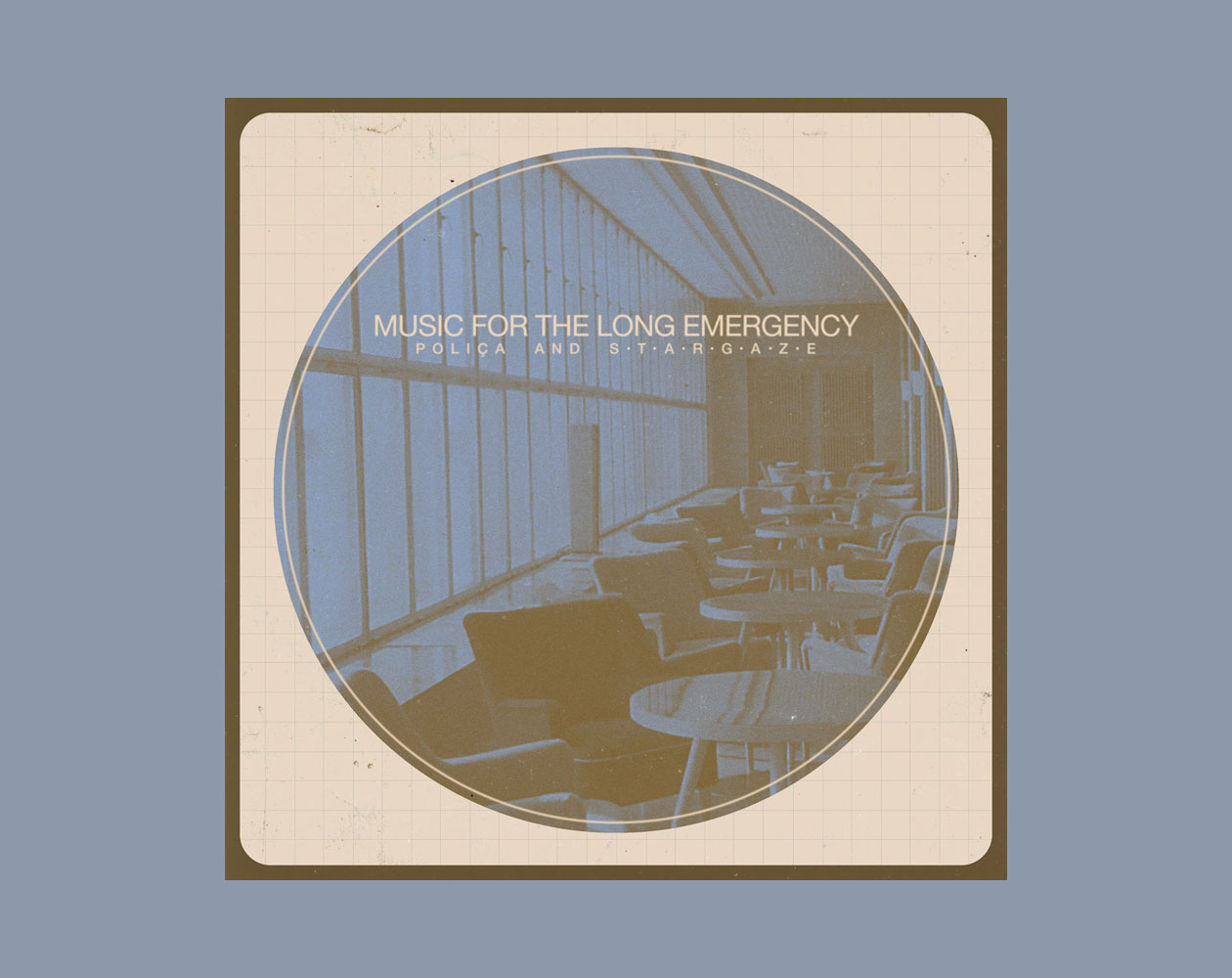
Like its predecessor, Music for the Long Emergency postures as a political album. Its title nods to the turmoil of the Trump era, and its lead single, “How Is This Happening,” is a 10-minute dirge that Leaneagh wrote the day after the 2016 election. On the album, it’s sequenced towards the end, and it delivers some vivid moments, largely courtesy of s t a r g a z e’s string section. They brood, first hovering on single, sustained notes as if unsure how to proceed, then sinking into snarling cluster chords as panic sets in. Leaneagh, meanwhile, repeats the titular question that occupied many minds that November, and issues an elegant call for resistance. The song’s lengthy outro heaves and shudders in time with militant percussion. It’s an effective portrait of dystopian paranoia. (Pitchfork)
Pusha T, DAYTONA

By the time the album’s over, he sounds like the last rapper on earth. He’s voracious, barely stopping to breathe from the moment the record begins. Most beats barely roll for a measure before he dives; most hooks barely exist. For all the talk of Kanye’s narcissism, he’s always been a remarkably giving producer, frequently handing his records over for star-making guest spots, and the sonic setting he places this performance from Pusha in is an absolute masterpiece of minimalism. The core is thudding bass pulses, spare snare cracks, and uneasy drones, a light-swallowing, cavernous space that he interrupts with avant-garde horn blasts and echoing, fractious soul samples. (The A.V. Club)
RF Shannon, Trickster Blues

In a quick turnaround from last year’s Jaguar Palace, country deconstructionist Shane Renfro zooms in on the expansive soundscapes of his desert-weathered debut, swapping extended ballads for strident, meditative messages. Demoed over four days in Marfa and captured in two in Lockhart, the sophomore full-length channels a brisk, unbridled commitment to Renfro’s sonic journey, fusing the Texan’s Western, psych-hued foundations with dreamy blues and Seventies soul. (The Austin Chronicle)
Rival Consoles, Persona
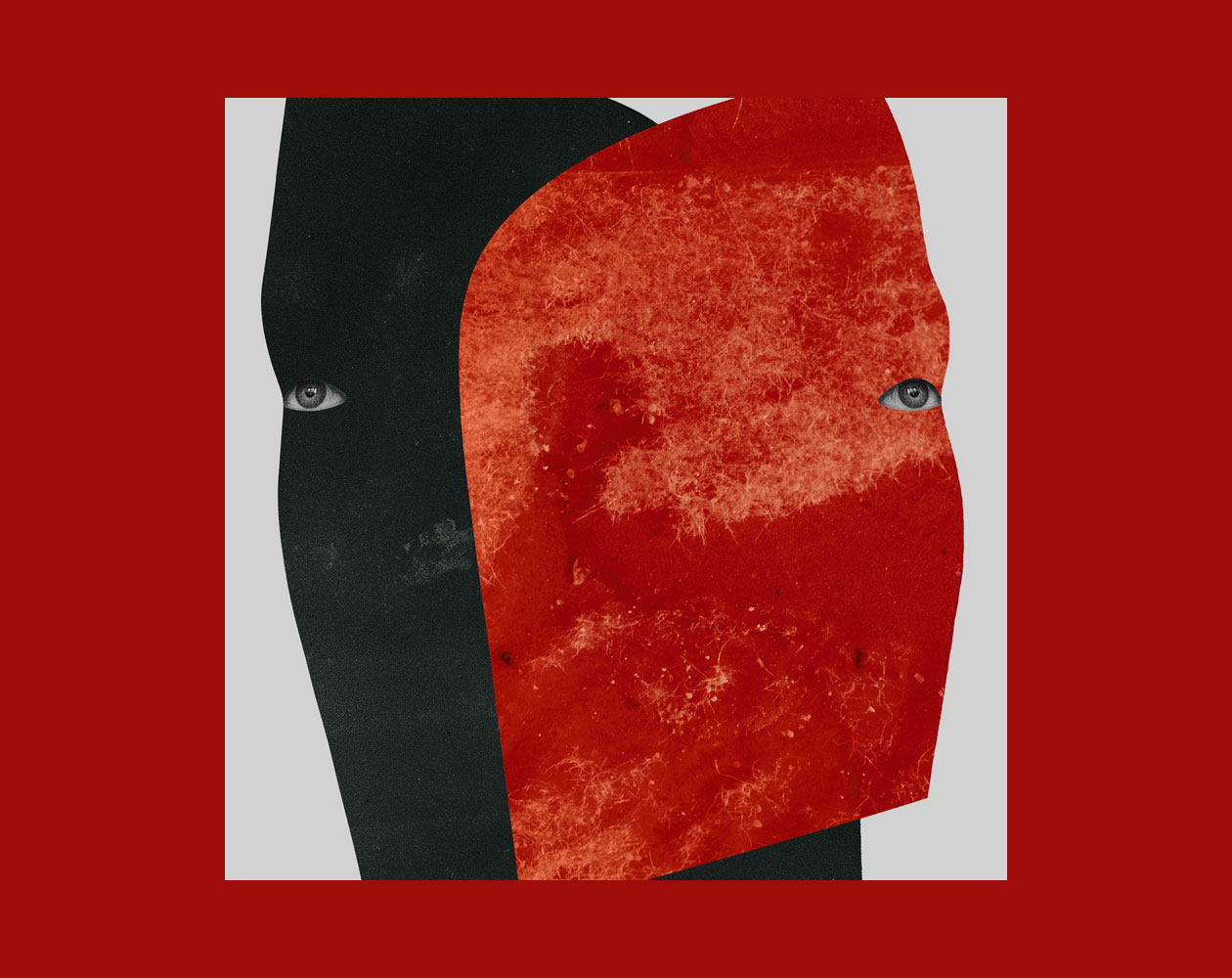
Hearing all the different shapes Ryan can give his distinct sound is what’s most fascinating about Persona, and has kept me coming back for more. It’s a masterclass in modern electronic soundcraft that unveils new surprises at each listen. And each listen helps to start piece together the overall shape of the album, something which remains a little shrouded throughout. But its length, and depth, is also Persona’s strength. An album to get lost in and to discover bits of wonder along the way. (The Line of Best Fit)
Sam Gendel, Pass If Music
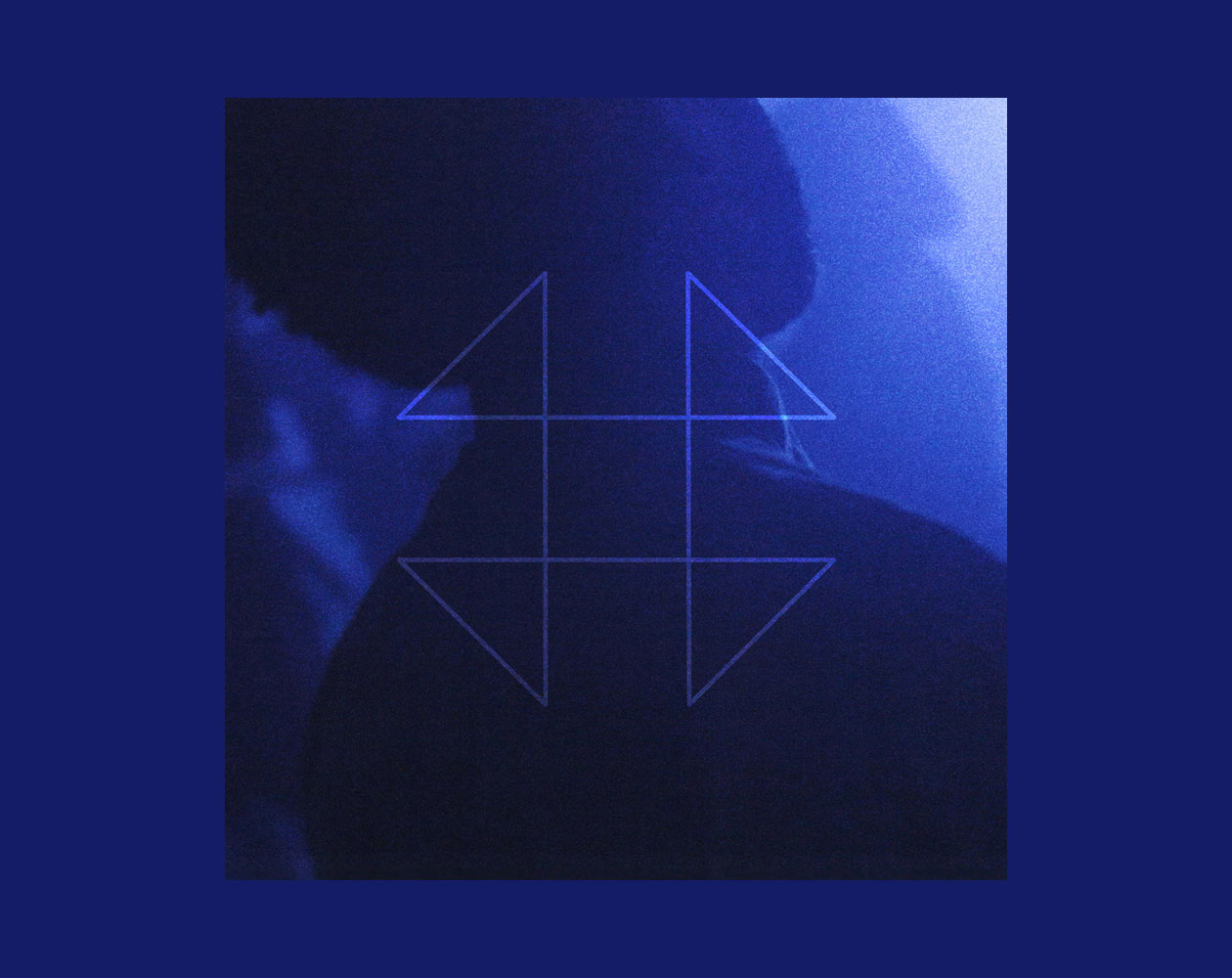
Los Angeles-based alto saxophonist Sam Gendel produced every sound on this album live, using only his saxophone. But you would be unlikely to think so after hearing it. Opening track “Anemone Swerve” sounds like an outtake by trumpeter Jon Hassell—returning the favor for Hassell’s reedy, somewhat saxophone-like trumpet sound. Gendel also favors the same sort of electronic processing, employing harmonizer, reverb and delay. “East LA Haze Dream” has a base of an oscillating drone with heavy reverb. Gendel plays short echoing saxophone lines over it (his horn briefly does sound like a saxophone here). (All About Jazz)
serpentwithfeet, soil
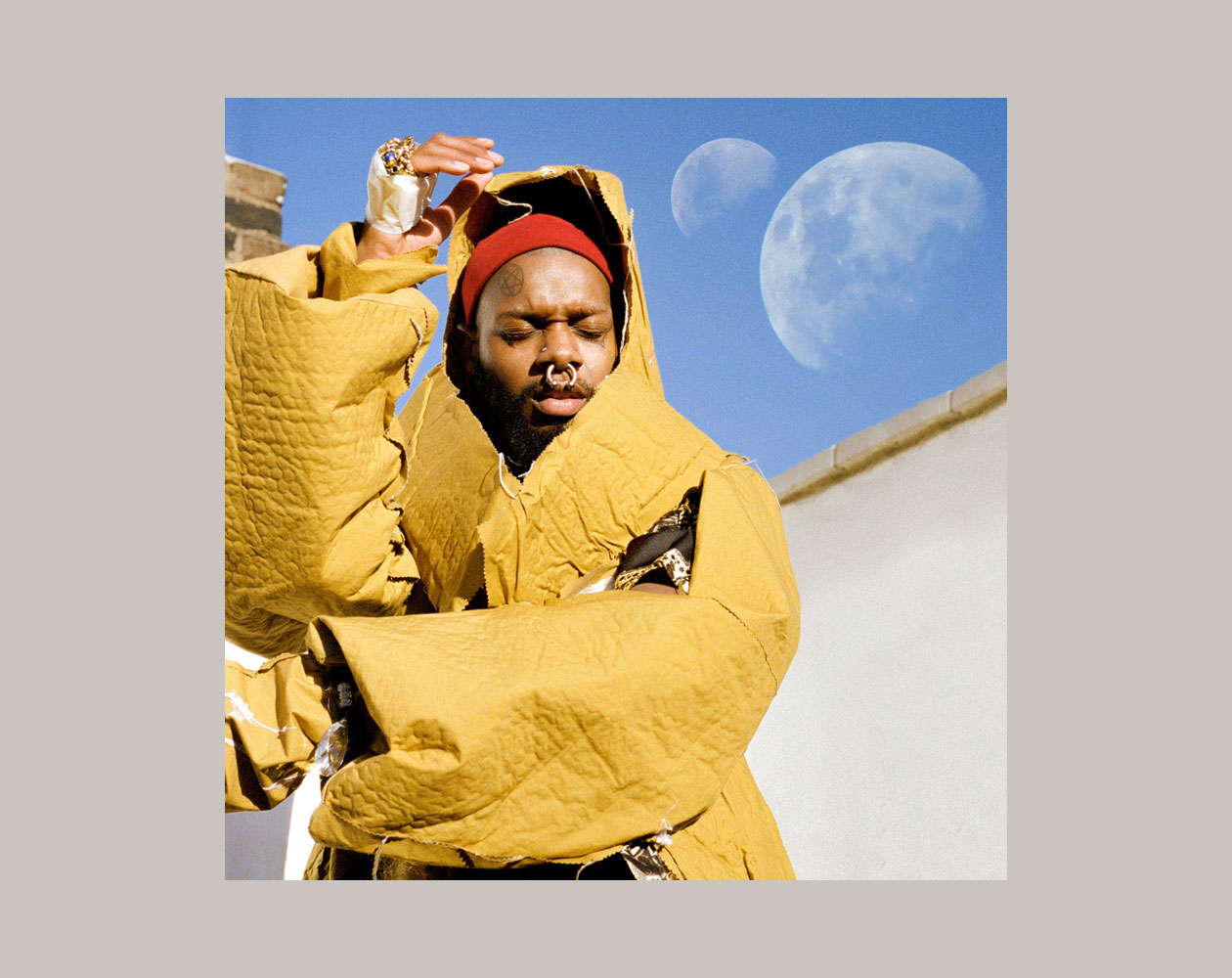
His voice is virtuosic and everywhere, sometimes processed to sound supernaturally guttural, sometimes high and lonely; sometimes multi-tracked in the background and sometimes, as on “Invoice,” abruptly shoved to the front of the mix, as if one inch in front of you. Bjork and Anohni are obvious influences, as are gospel and R&B—in particular there are moments where he uncannily exactly channels Usher—and choral music sacred and secular. On “Cherubim,” Wise, Gately, and mmph take the most straightforwardly devotional love song on soil (“I get to devote my life to him / I get to sing like the cherubim”) and set it to a bassy, grunty electronic murk of a setting. “Wrong Tree,” a more secular breakup song, is more outright religious, with organ, counterpoint, stair-step bass vocal lines, and, in near-falsetto, a command by Wise: “sing, choir!” (Spin)
Sleep, The Sciences
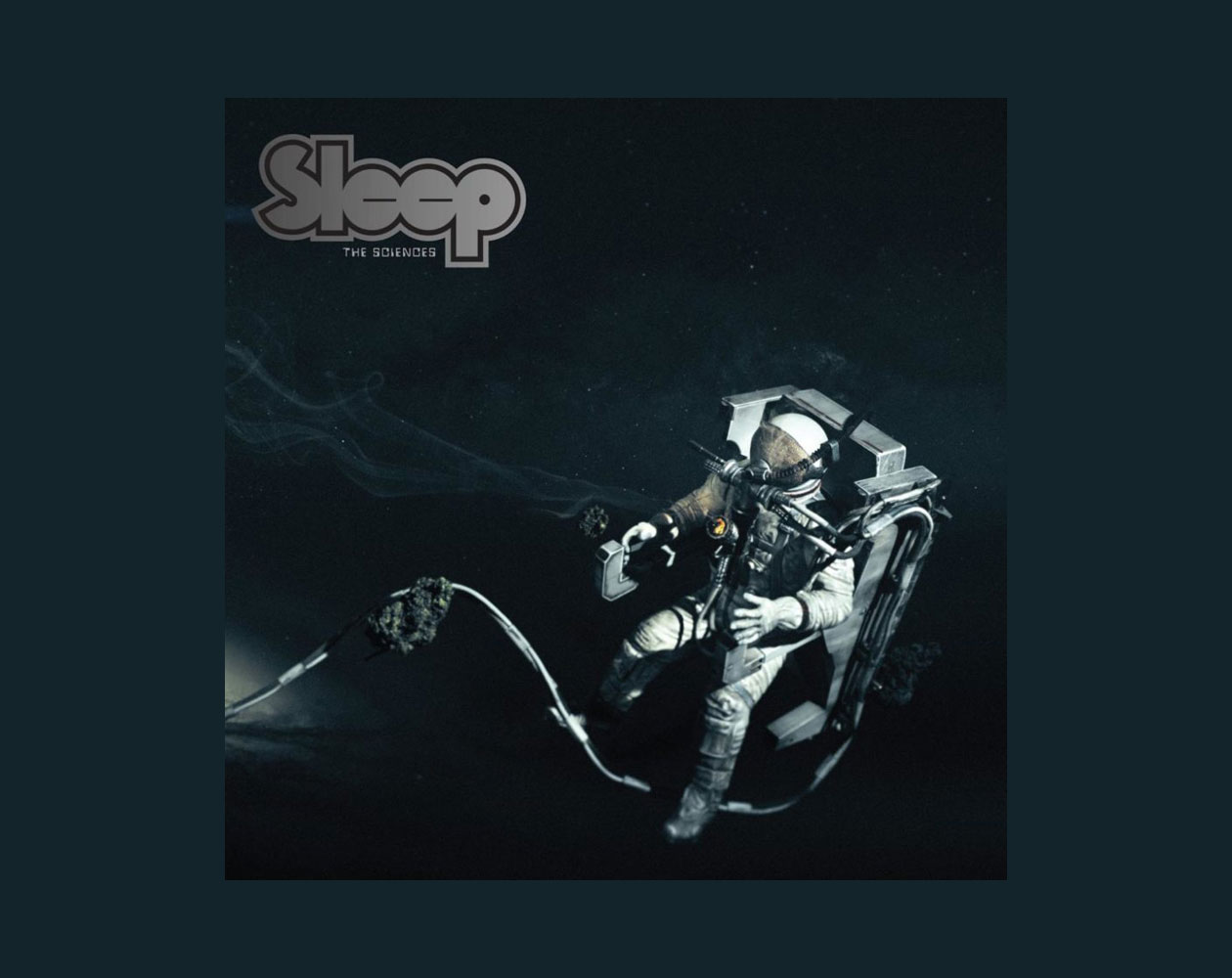
Is there any way The Sciences isn’t the biggest heavy underground release of 2018? Look at the sheer circumstances of its arrival. On April 19, word was put out in morse code that the next day Sleep would release an album. Bam. There was no advance press, no track premieres through NPR or Rolling Stone or other major outlets with smirking treatises on the group’s importance, no months-long agony of trickled-out information: the tracklisting in one press release, the artwork in another, a teaser video, etc. It simply wasn’t there and then it was. How many heavy bands could get away with that and expect any kind of response? Sleep dropped a record like Beyoncé drops records, and it absolutely worked. Issued through Jack White‘s Third Man Records, The Sciences dominated the high holiday of stoner idolatry, and while any release of this magnitude is bound to have detractors as well as proponents, it’s a basic truth regardless that for many listeners, this year will be defined by Sleep‘s 53-minute march to the riff-filled land. Rightly so. (The Obelisk)
Snail Mail, Lush

Frontwoman and guitarist Lindsey Jordan unceremoniously titles the first track “Intro,” and it’s a deadpan little shrug of a song, just some muted guitar and a melody sung as if behind a fogged pane of glass. But about 30 minutes later—after Jordan has pulled you through a series of epic hooks and fluctuating emotions that crest and crash as tall as tidal waves—that melody will recur, although this time without the protective glass. She gives the song a real title this time, “Anytime,” and the once modest tune now has these hi-fi depths that engulf you in its world. The song is more powerful because it is predicated by that false start—you know the struggle at stake for Jordan to express herself so completely. But the previous songs have warmed her up, and she’s now opened her heart wide enough to finish the thought. “In the end, you could waste your whole life,” she sings to someone she loves, which by the end of this journey could easily be herself, “Anyways, and I want better for you.” (The Ringer)
Sons of Kemet, Your Queen Is a Reptile
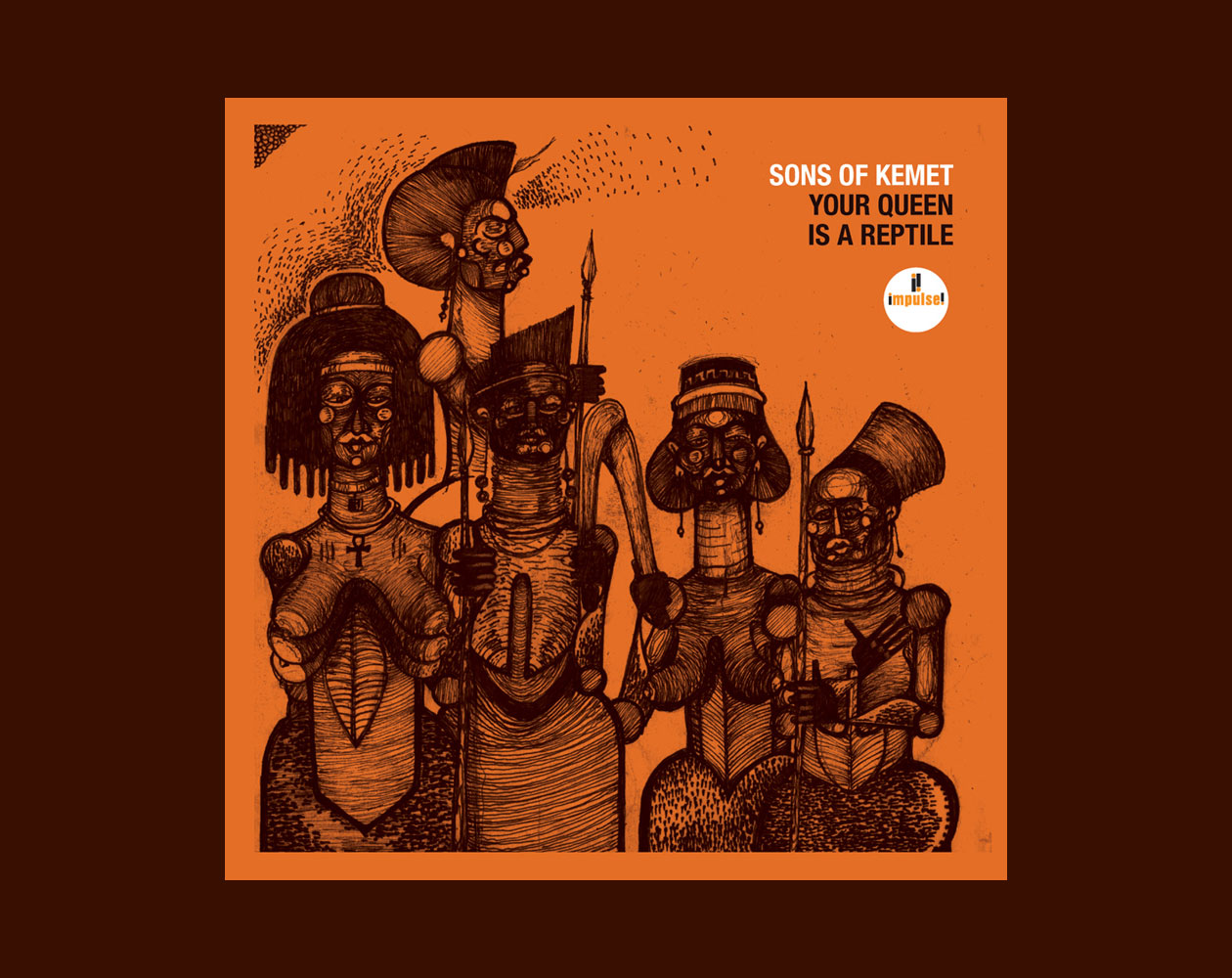
Rendered only with tuba, saxophone, drums, and voice, Hutchings’ compositions are diverse and rhythmically ambitious. He’s not only leveraging jazz, but a broader sonic lexicon including Afrobeat, dub, Caribbean soca, and grime. Your Queen is thematically aspirational as well—as the group’s first LP since the 2016 Brexit vote, it directly challenges the conventions of nationalism and the British monarchy. In their place, Hutchings offers his own version of a royal family, comprising visionary black women like Yaa Asantewaa, the Ashanti queen mother who fought against British colonialism in the early 20th century; the longtime radical activist Angela Davis; and Hutchings’ own great-grandmother, Ada Eastman. Hutchings’ coronation of these remarkable women is a celebratory act, but he’s also commenting on the arbitrariness of all inherited hierarchies. Royalty is a dangerous ideology, and Hutchings counters it with a high court of trailblazing women whose achievements, rather than their bloodline, inform their worth. (Pitchfork)
SOPHIE, OIL OF EVERY PEARL’S UN-INSIDES

SOPHIE creates sounds with uncanny tactile qualities, as if imagining physical materials from some alternate reality—wet and sticky one moment, metallic and electrified the next, often gleaming and ultra-clear. Her rhythms, too, are varied and unique. “Ponyboy,” “Faceshopping” and the epic “Whole New World:Pretend World” writhe and thrash to staccato grooves. Other tracks go for more of a weightless quality. “Infatuation” and “Is It Cold in the Water?” make soaring ballads out of wailing synths and melodramatic vocals. “Not Okay” uses a similar arrangement to more hectic effect, all evil bass groans and violent drum fills, untethered to any steady beat. As if to further show off SOPHIE’s range, there is also “Pretending,” a nightmarish drone cut that, if not for the demented vocal wails near the end, could be mistaken for something by Lustmord. (Resident Advisor)
Tor Lundvall, A Dark Place
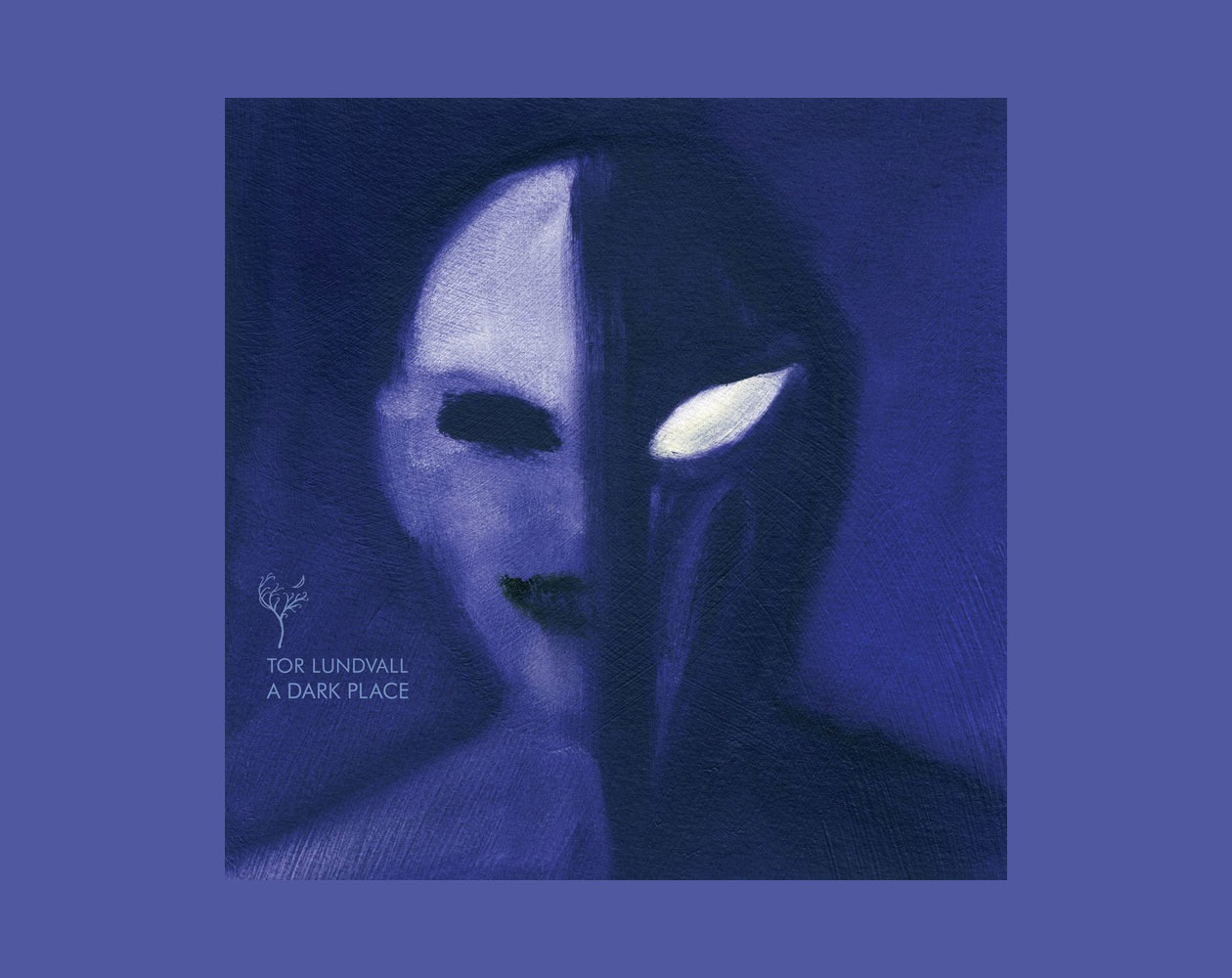
The album’s most hopeful spot (relatively speaking) is its final track, “The Next World,” but even it is deeply tinged with sorrow and longing: “I never found that special soul, the one to help me through it all / Those dreams are gone, maybe in the next world / My hope goes on for the next world… far away.” What keeps such sentiments from becoming overbearing or maudlin, though, is certainly Lundvall’s haunting arrangements, but more importantly, the sense of intimacy that pervades the album. Lundvall recorded A Dark Place at night while staring out his bedroom window “into the shadows of the garden and the neighbor’s house next door,” and listening to these songs feels like you’re entering something secret and private. (Opus)
Water From Your Eyes, All a Dance
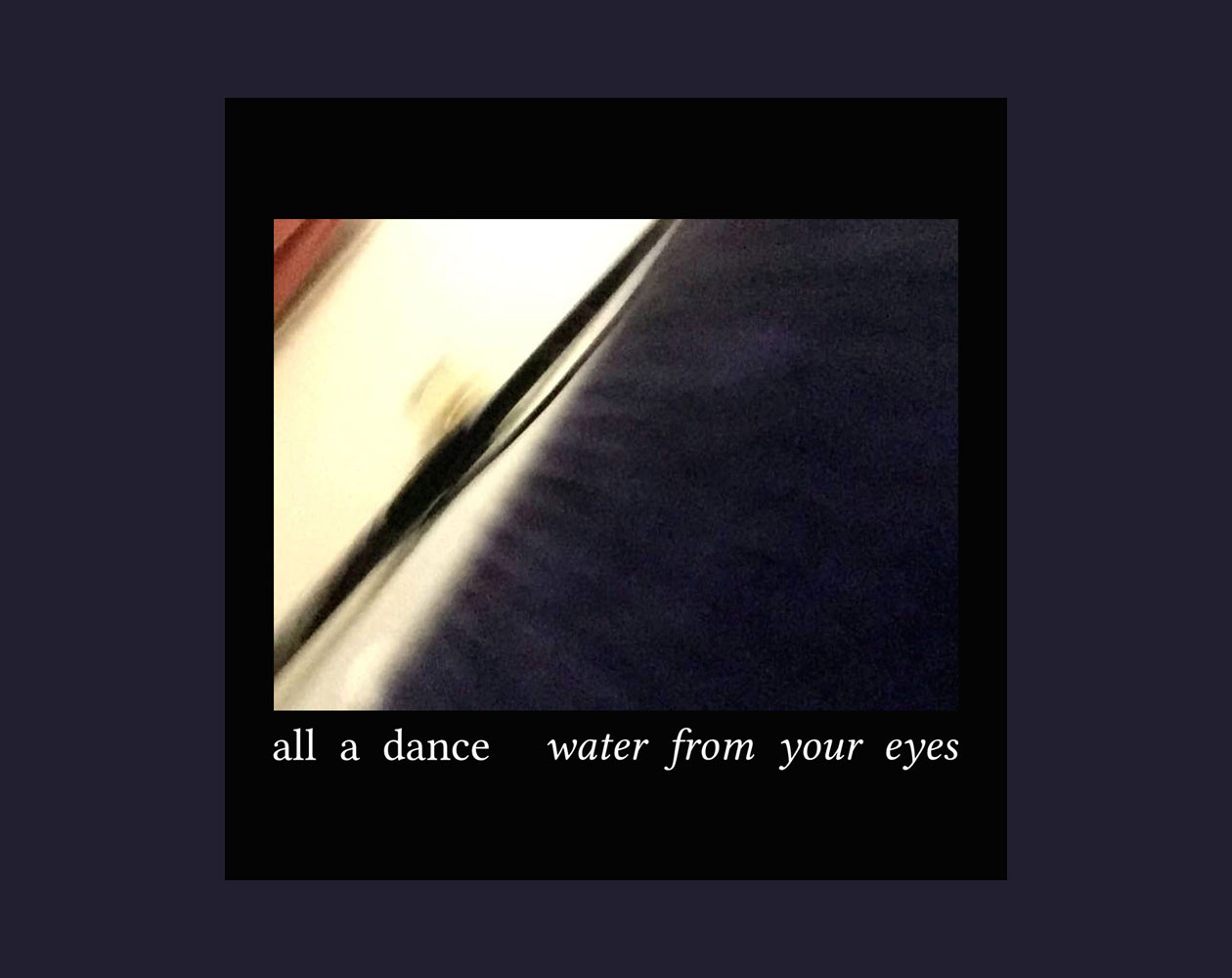
The title track, which may be the closest thing that All a Dance has to a full-on banger, blooms from a lucid, intriguing guitar line that sounds like it’s tripping over itself into a frantic mesh of slapping percussion, sweeping and drawn-out synths, fresh-off-the-pan guitar noise, and Brown’s featherlight vocals. Miraculously, it never once loses the listener’s attention over the span of its vast seven-and-a-half minutes. “That’s the Girl” runs just one minute fewer and is only slightly less engaging for it, a softer palette of synth, hollowed-out percussion, and whispering guitar notes jovially guiding Brown’s languidly sung tale. (Post-Trash)
Yialmelic Frequencies, Yililok

If we had to name one power couple in LA’s sun-baked New Age scene, it’d have to be Diva Dompé and Matthew David McQueen. Better known as Yialmelic Frequences and MatthewDavid respectively, both producers were clearly born on another plane entirely. The former’s recent Yililok double pack is especially out-of-this-world, an ASMR-optimized journey into “Yialmel, a place that radiates with Love and Harmony, where Matter, Energy, and Consciousness exist along one gradient of manifest form. Where all manifest matter has consciousness and all of these consciousnesses collaborate in interaction. Where desire, attention, and love are valuable units of exchange.” (self-titled)
Young Fathers, Cocoa Sugar
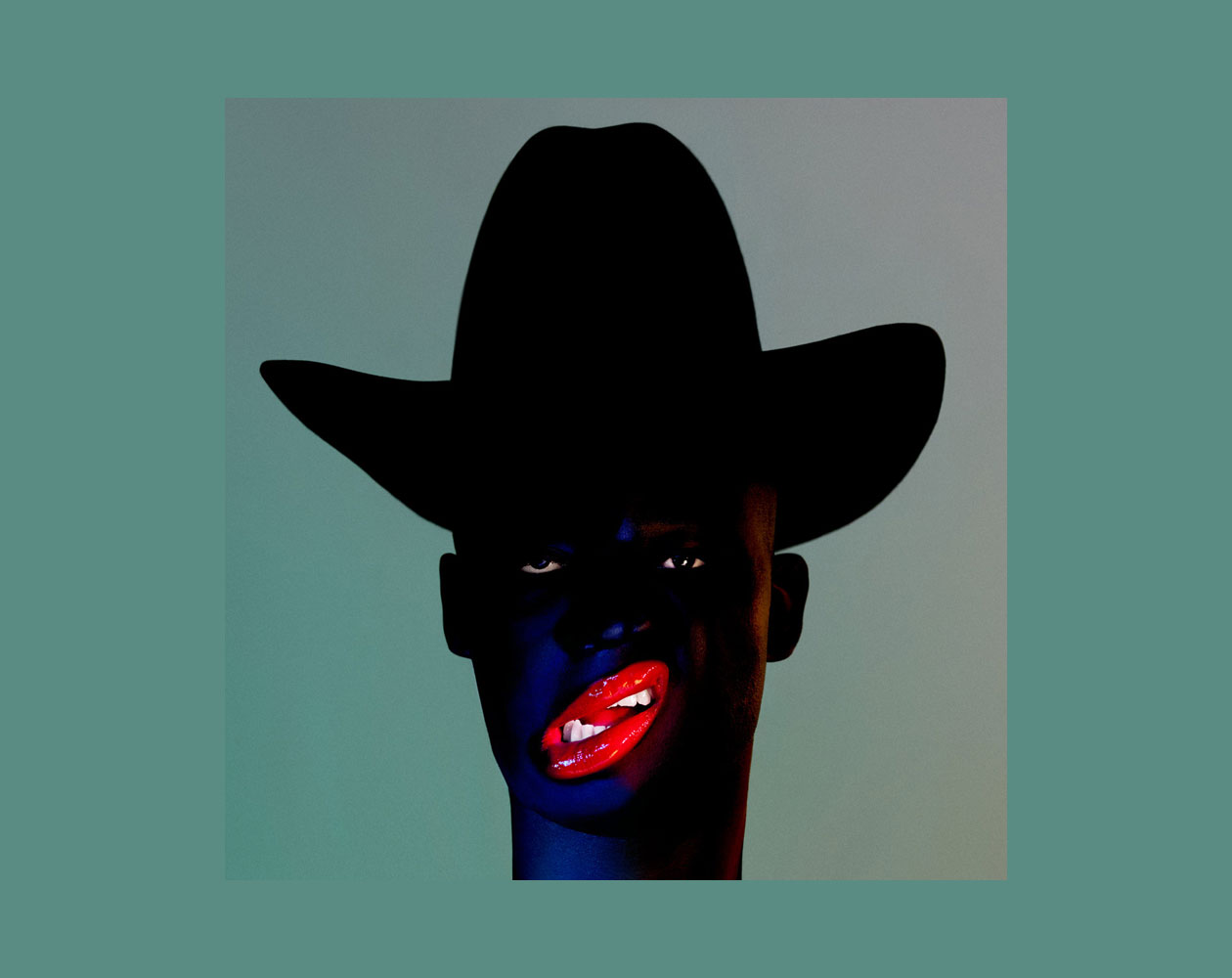
The trio are smart enough to keep their experimentation sharp and to the point: the longest track here lasts four minutes, while the shortest–“Wire,” with its oddly Viz comic-like refrain of “Ooh, ya fucker!”—is over in 100 seconds. The end result is fascinating and forbidding in equal measure, and there’s clearly an argument that it’s also very timely: twisted and broken-sounding pop music for a twisted and broken era, replete with villains (the protagonist of “In My View,” a “greedy bugger,” actively enjoying not just the taste of his foie gras, but the cruelty of its manufacture) and lyrics that appear to swipe at nationalism and toxic masculinity, albeit obliquely. But equally, its strangeness feels less reactionary than internal: not so much the outcome of looking on, horrified, at the world in 2018 and trying to find a soundtrack, than the product of a band who inhabit a world of their own. (The Guardian)
